
This content was recently updated by Sudhir Singh on April 29, 2025 to improve accuracy.
Summary
A Caste Certificate is an official document proving an individual’s caste, mainly for those from SC, ST, OBC, or EWS categories. It helps access benefits like reservations in education and jobs, scholarships, and welfare schemes.
The process is completely free and takes just a few days through online or offline modes. Indian citizens from recognised communities can apply via their state’s e-district portal. It’s especially valuable for students, job seekers, and those seeking social justice benefits.
The certificate is usually valid for life, and no renewal is needed unless specified by state rules. To read in detail, visit the article here.
Understanding Caste Certificates
A caste certificate is an essential document in India that serves as proof of an individual’s caste status, particularly for those belonging to Scheduled Castes (SC), Scheduled Tribes (ST), Other Backward Classes (OBC), and Economically Weaker Sections (EWS). This certificate is crucial for accessing various government benefits, including educational reservations, job opportunities, and welfare schemes aimed at uplifting marginalized communities.
Key Benefits of a Caste Certificate
- Official Identity Proof: Validates your caste legally, ensuring recognition by government authorities.
- Reservations: Ensures access to reserved seats in educational institutions and government jobs, which are crucial for social equity.
- Welfare Programs: Facilitates entry into caste-based welfare programs provided by both state and central governments, helping individuals improve their socio-economic status.
- Scholarships: Qualifies individuals for special scholarships and financial assistance aimed at supporting education for marginalized communities.
- Protection Against Discrimination: Serves as proof when seeking legal protection from caste-based discrimination, empowering individuals to assert their rights.
Why Do You Need a Caste Certificate?
A caste certificate is necessary for several reasons:
- Educational Reservations: It allows access to reserved seats in educational institutions, which can significantly enhance educational opportunities for individuals from marginalized communities.
- Government Employment: It establishes eligibility for reserved jobs in the government sector, which can lead to stable employment and financial security.
- Welfare Schemes: It enables participation in various government welfare schemes designed to uplift disadvantaged groups.
- Legal Protection: It provides a legal basis for individuals to seek protection against caste-based discrimination, ensuring their rights are upheld.
Format of a Caste Certificate
A typical caste certificate includes the following details:
- Full name of the applicant
- Name of father/husband
- Permanent address
- Date and place of birth
- Caste or tribe of the applicant
- Name and designation of the issuing officer
- Certificate number and date of issue
This format ensures that all necessary information is presented, making it easier for authorities to verify the applicant’s caste status.
Issuing Authorities in India
Caste certificates are usually issued by various government authorities, including:
- Sub-Divisional Officer (SDO)
- Tehsildar
- Executive Magistrate
- District Magistrate
- Deputy Commissioner
These authorities are responsible for verifying the applicant’s details and ensuring that the certificate is issued by government regulations.
Validity of the Caste Certificate
A caste certificate is valid for a lifetime, as an individual’s caste does not change. However, it is advisable to check with the issuing authority for any specific validity conditions or updates required by different states
Some states may have specific rules regarding renewals or periodic reviews, so staying informed about local regulations is essential.
How to Apply Caste Certificate: Step-by-Step Guide
You can apply caste certificate online or offline. Submitting applications online is faster and more straightforward.
Step 1 – Registration / Login
- Visit the official e-District portal
- If you’re a new user, click “Register” and create your unique username and password.
- After registration, log in using your credentials.
- If you already have an account, simply log in directly.
Step 2 – Filling and Submitting the Application
- After logging in, select “Department of Revenue and Disaster Management” from the list of departments.
- Under this department, choose “Caste/Community Certificate” from the available certificate options (Income, Residence, or Caste/Community certificates).
- The application form will open. Fill out the form carefully, ensuring all mandatory fields (marked as required) are completed correctly.
- Upload scanned copies of all the required supporting documents.
- After reviewing your details, click “Save” and then “Submit” your application.
- After submission, note down your acknowledgement number to track the application.
Step 3:Payment of Fee
- No fee is required for obtaining a Caste/Community Certificate. This service is provided free of cost.
Step 4 – Verification by VAO / RI
- Your application will first go to the dashboard of your area’s Village Administrative Officer (VAO).
- The VAO will carefully review your application and verify your uploaded documents.
- If any documents are missing or need clarification, the VAO will notify you and request additional documents.
- If everything is complete, the VAO will forward your application to the Revenue Inspector (RI) with remarks.
- The RI will further verify the details. If additional clarification is needed, they might contact you directly.
- If everything is satisfactory, the RI will forward the application with their remarks to the Deputy Tahsildar/Tahsildar for the final review.
Step 5 – Approval or Rejection
- The Deputy Tahsildar/Tahsildar will perform the final check of your application based on inputs from the VAO and RI.
- After thorough verification, they will either approve or reject your application based on accuracy and completeness.
Step 6 – Downloading Your Certificate
- Once your application is approved, you’ll receive a notification message (SMS/email).
- Log in again to the e-District website using your credentials.
- Find your approved application and select “Download Caste/Community Certificate”.
- Save or print your certificate for your records and future use.
By following these simple steps, obtaining your Caste/Community Certificate online through the e-District portal becomes easy, convenient, and hassle-free!
What are the Documents Required for a Caste Certificate?
Keep the following documents ready:
- Address Proof: Aadhaar card, voter ID, utility bills, or rent agreement.
- Identity Proof: PAN, passport, Aadhaar, voter ID, or driving license.
- Parental Caste Certificate: Your parents’ or relatives’ caste certificates.
- Income Proof: Income certificate or ration card (required in some states).
- Passport-sized Photos: Recent colour photographs.
- Affidavit: Verified by a competent authority establishing caste status.
- School Leaving Certificate: To validate the caste mentioned during admission.
How to Verify the Status of Your Caste Certificate?
You can easily check your application status online:
- Visit your state’s e-seva or citizen services portal.
- Click on the “Check Status” or “Track Application” option.
- Enter your application reference or acknowledgement number.
- Provide any additional required information and submit.
- View your current application status.
How to Download Your Caste Certificate?
After approval, follow these easy steps to download:
- Visit the official portal.
- Log in with your credentials.
- Select “Download Certificate” or specifically “Caste Certificate.”
- Click to download the certificate.
- Print your certificate for further use.
Caste Certificate Quick Summary
| Particulars | Details |
|---|---|
| Eligibility | Individuals from SC, ST, OBC, EWS communities |
| Validity | Lifetime (typically) |
| Issuing Authority | SDO, Tehsildar, Executive Magistrate, District Magistrate |
| Application Modes | Online (e-seva portals), Offline (local government offices) |
| Required Documents | Identity proof, address proof, parental caste certificate, affidavit, recent photos |
Conclusion
A caste certificate is crucial for individuals from SC, ST, OBC, and EWS communities to access vital government schemes, reservations, and social protection. With the availability of online application procedures, obtaining your caste certificate has become simpler than ever.
This document empowers marginalized groups, helping them access greater social and economic opportunities. You can visit the official government portals or resources that guide you through the application process for more detailed information.



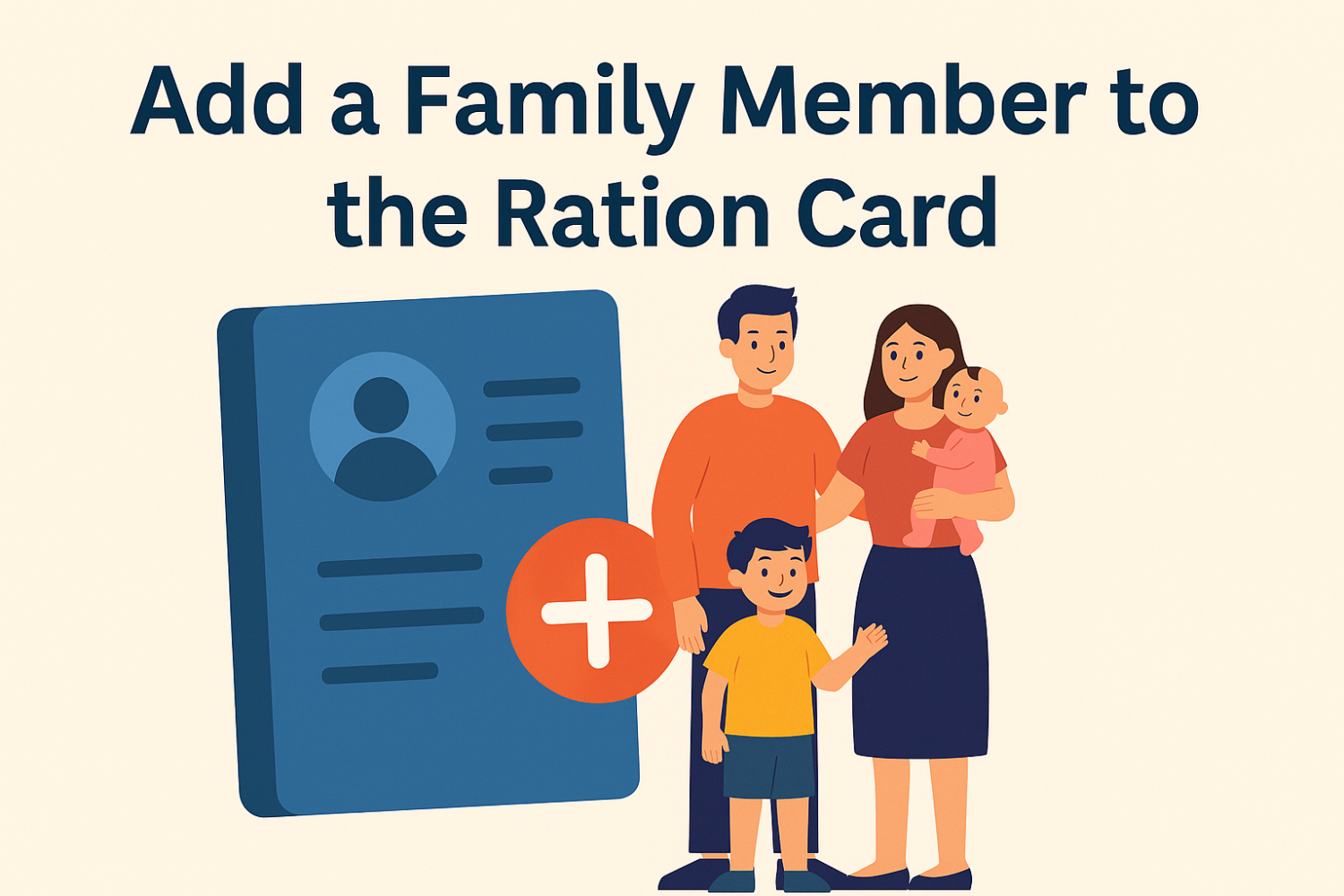
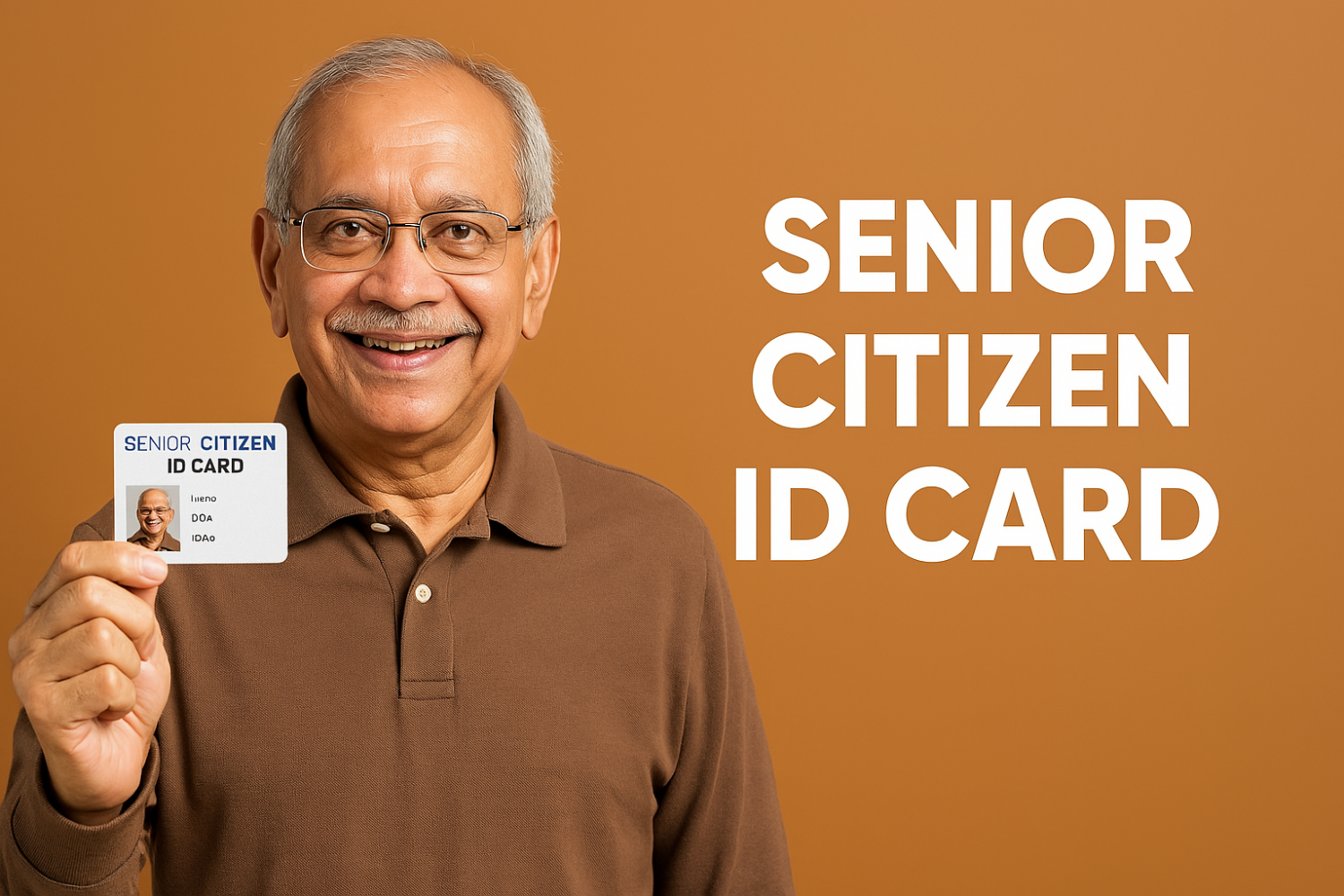
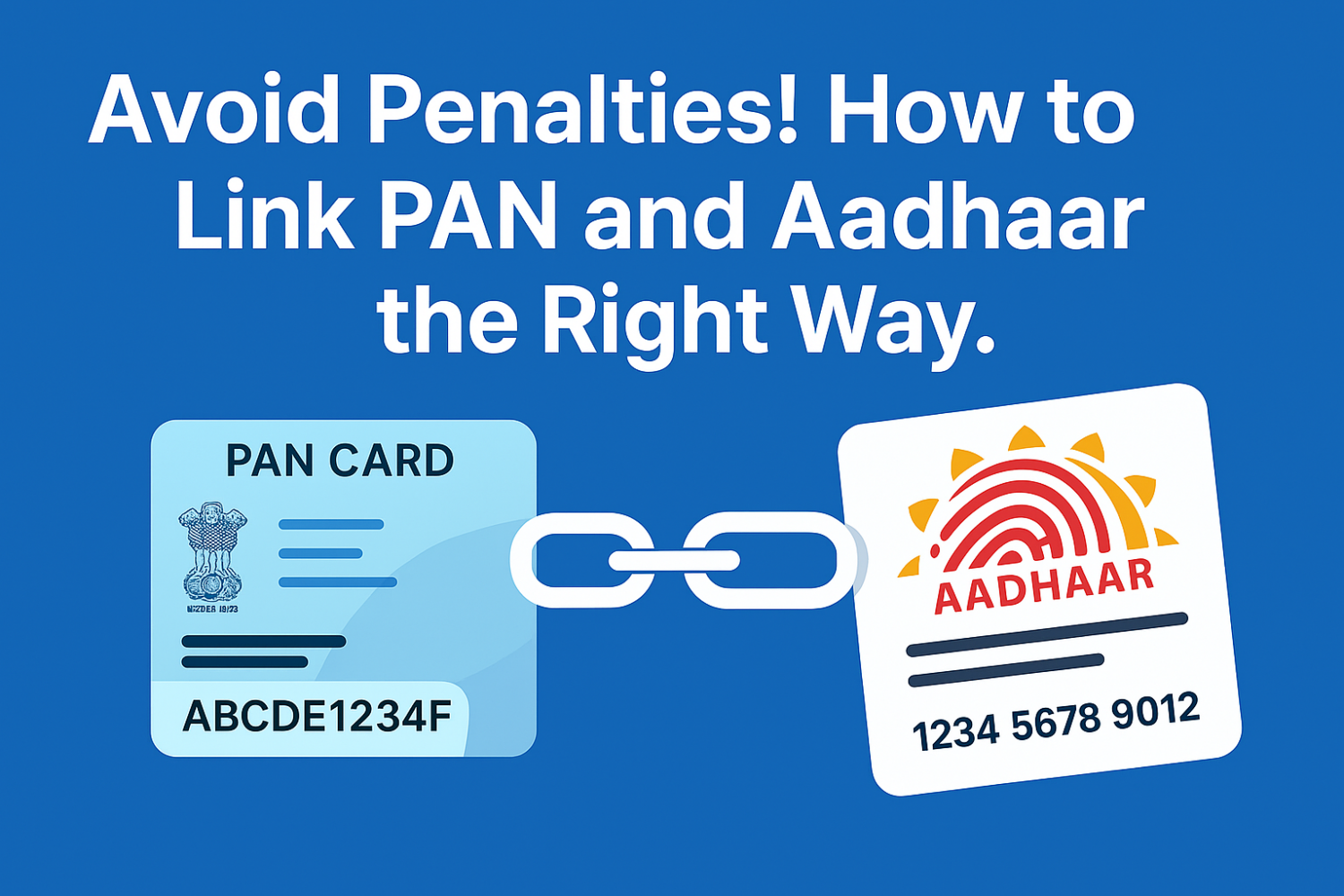
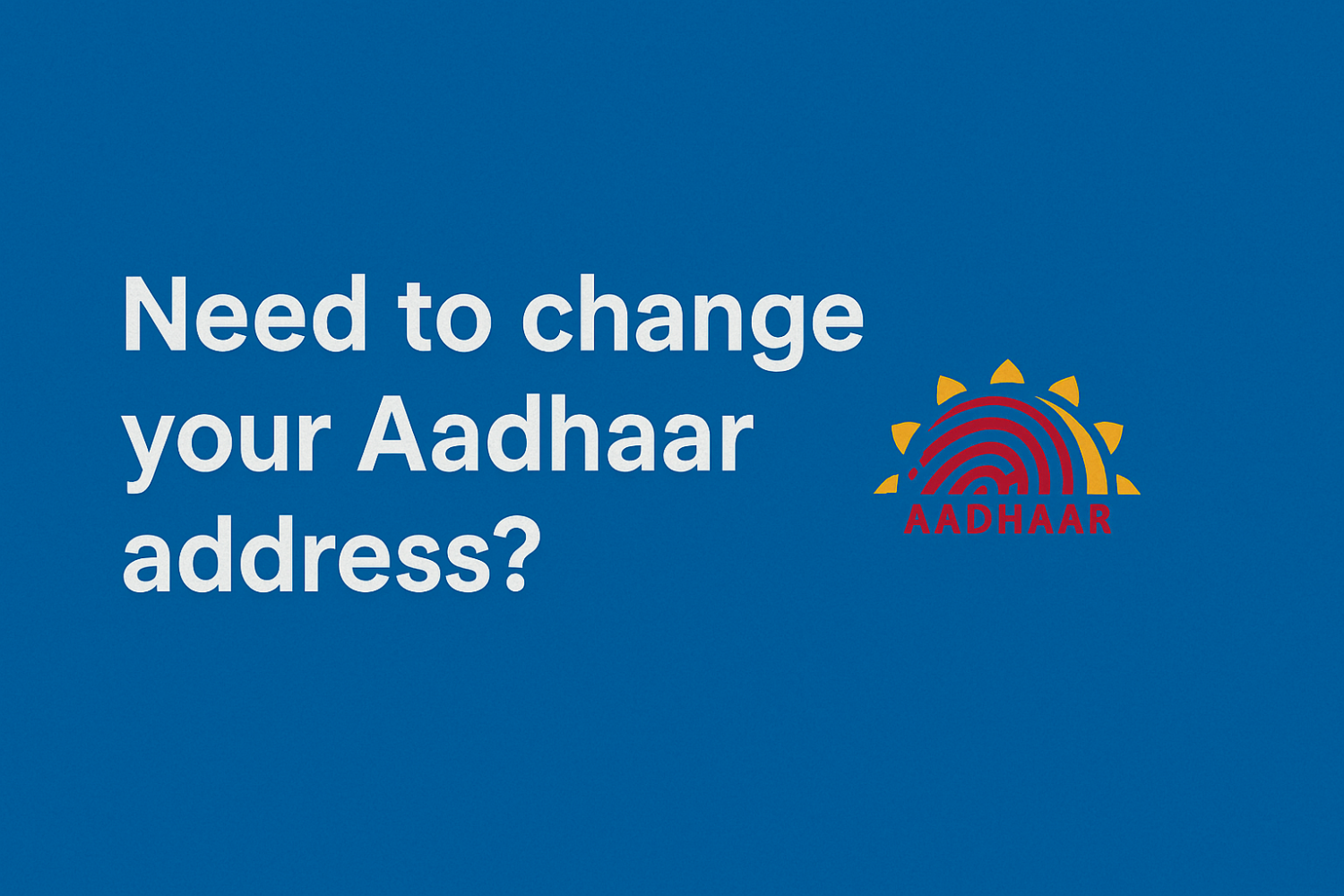
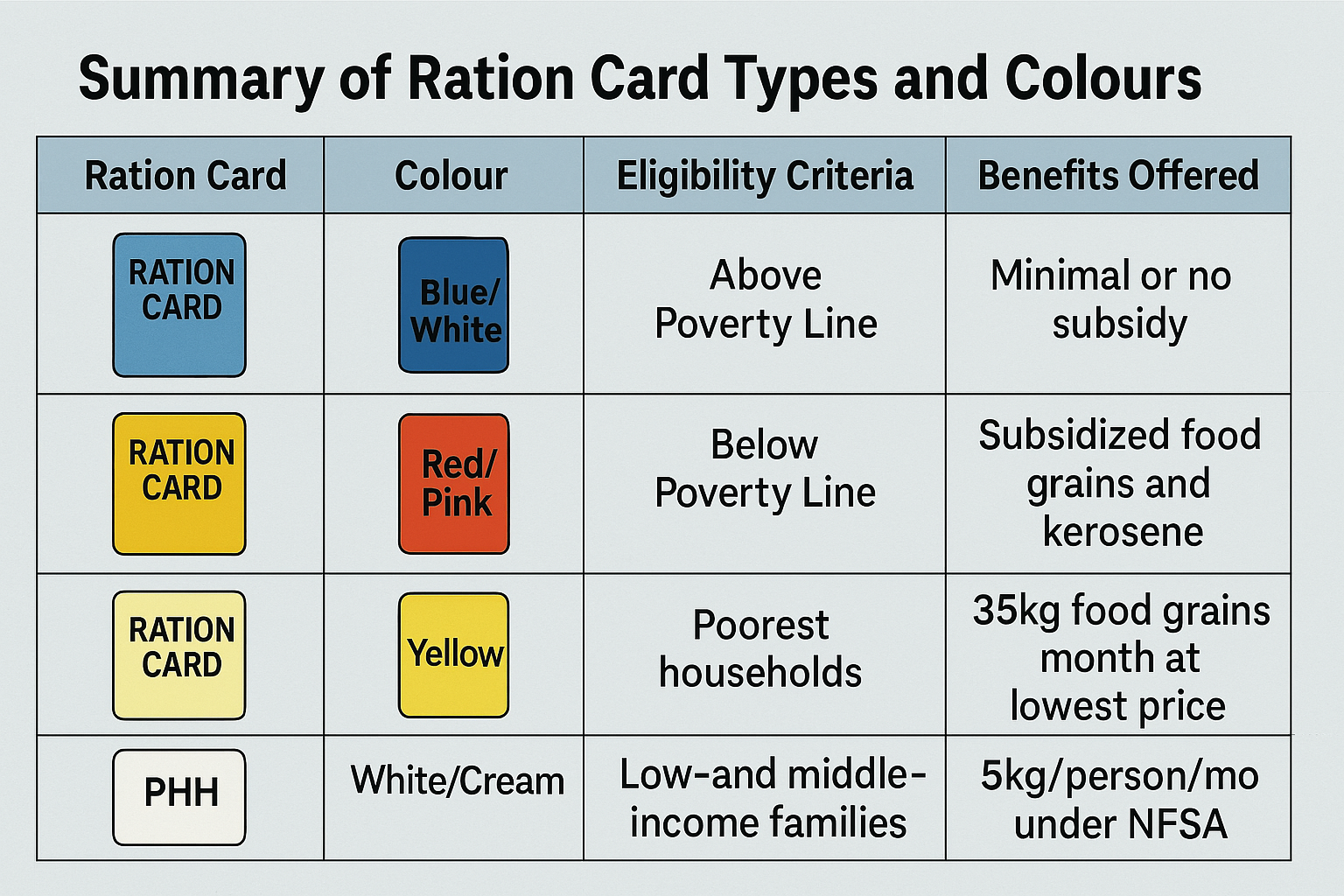
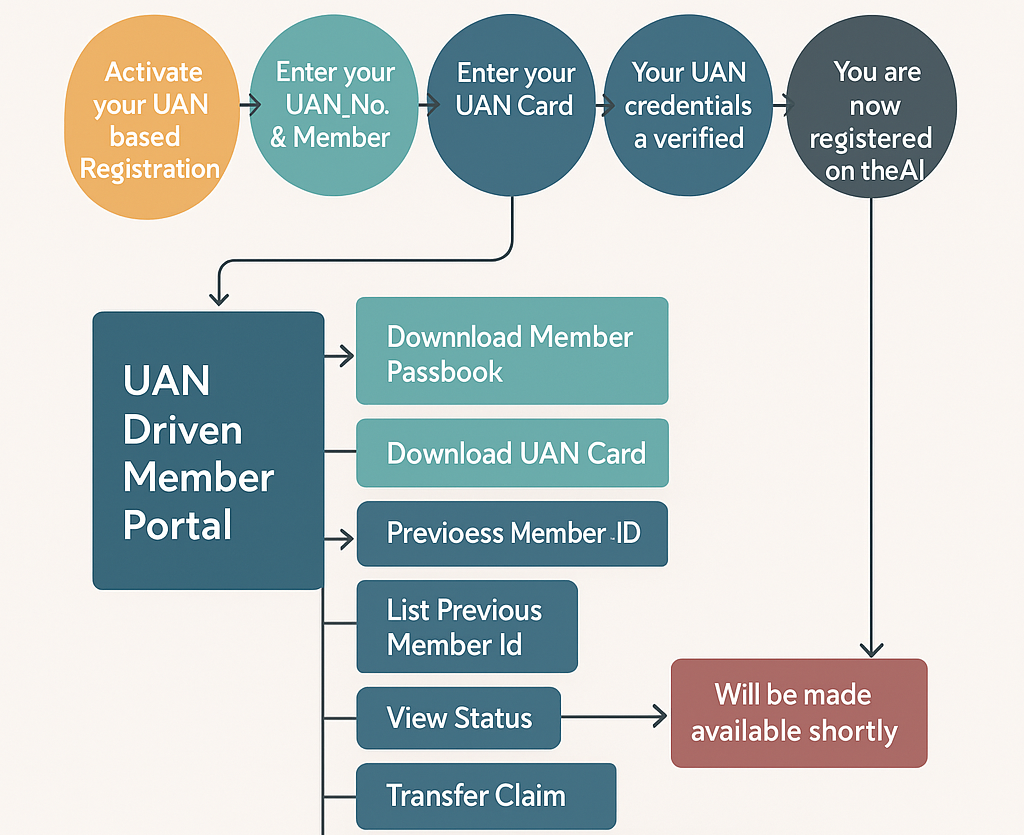





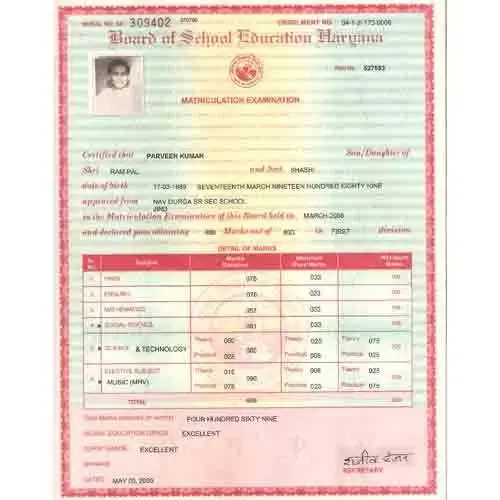

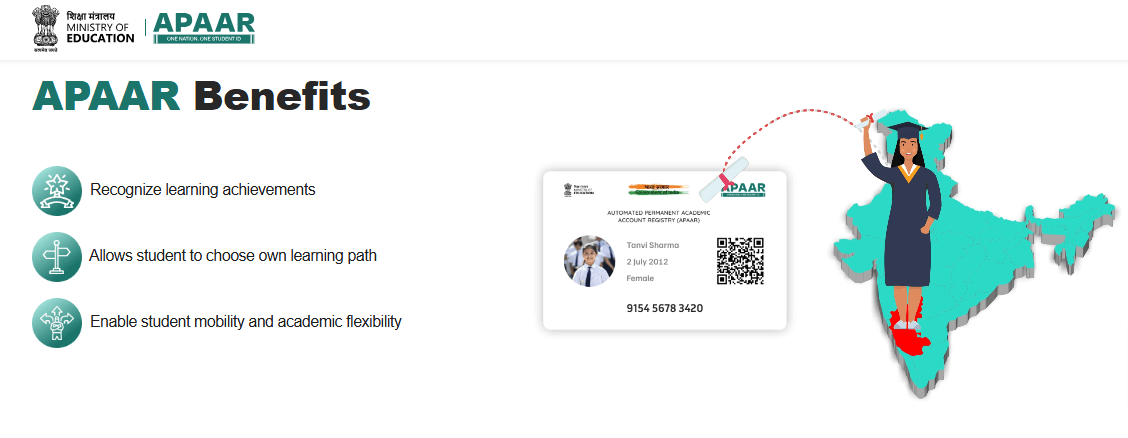
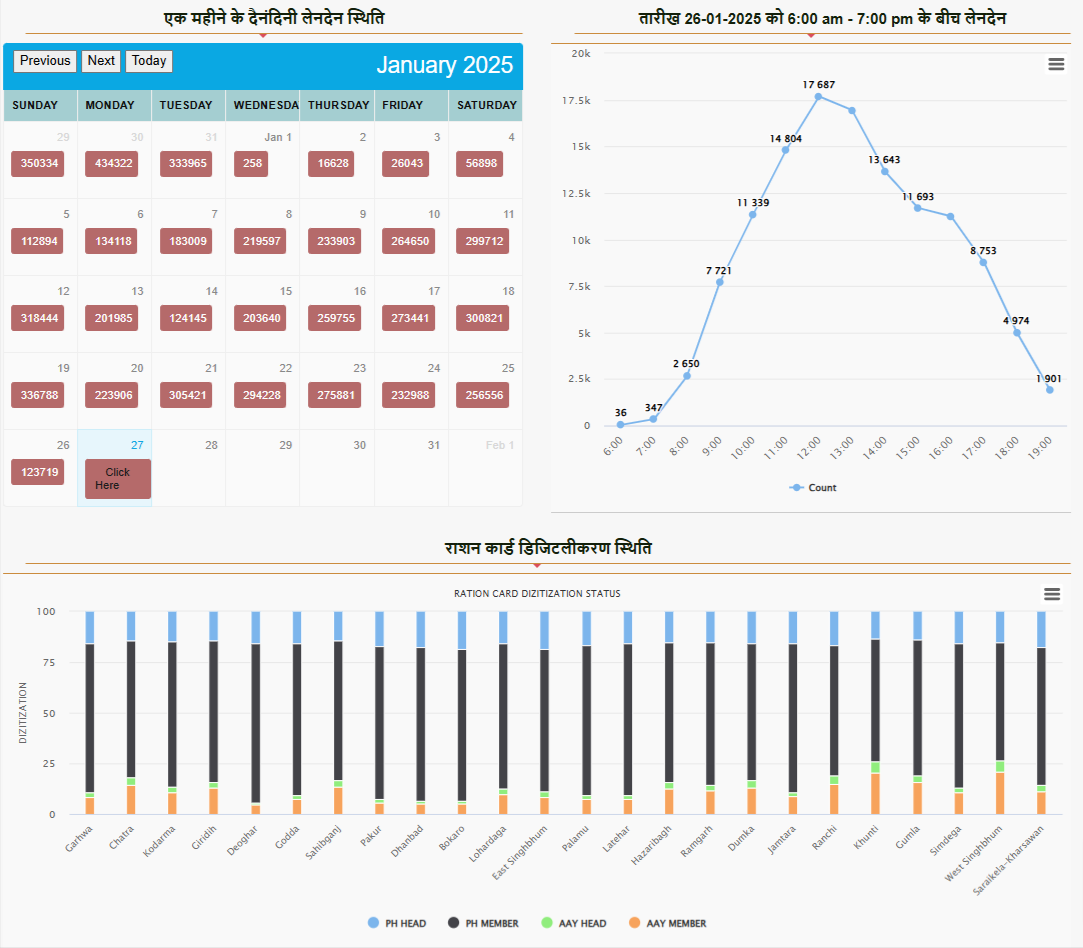

![12 Government Schemes Urban Poor Must Know About [2025 Guide]](https://indiansouls.in/wp-content/uploads/2025/05/image-1.jpg)

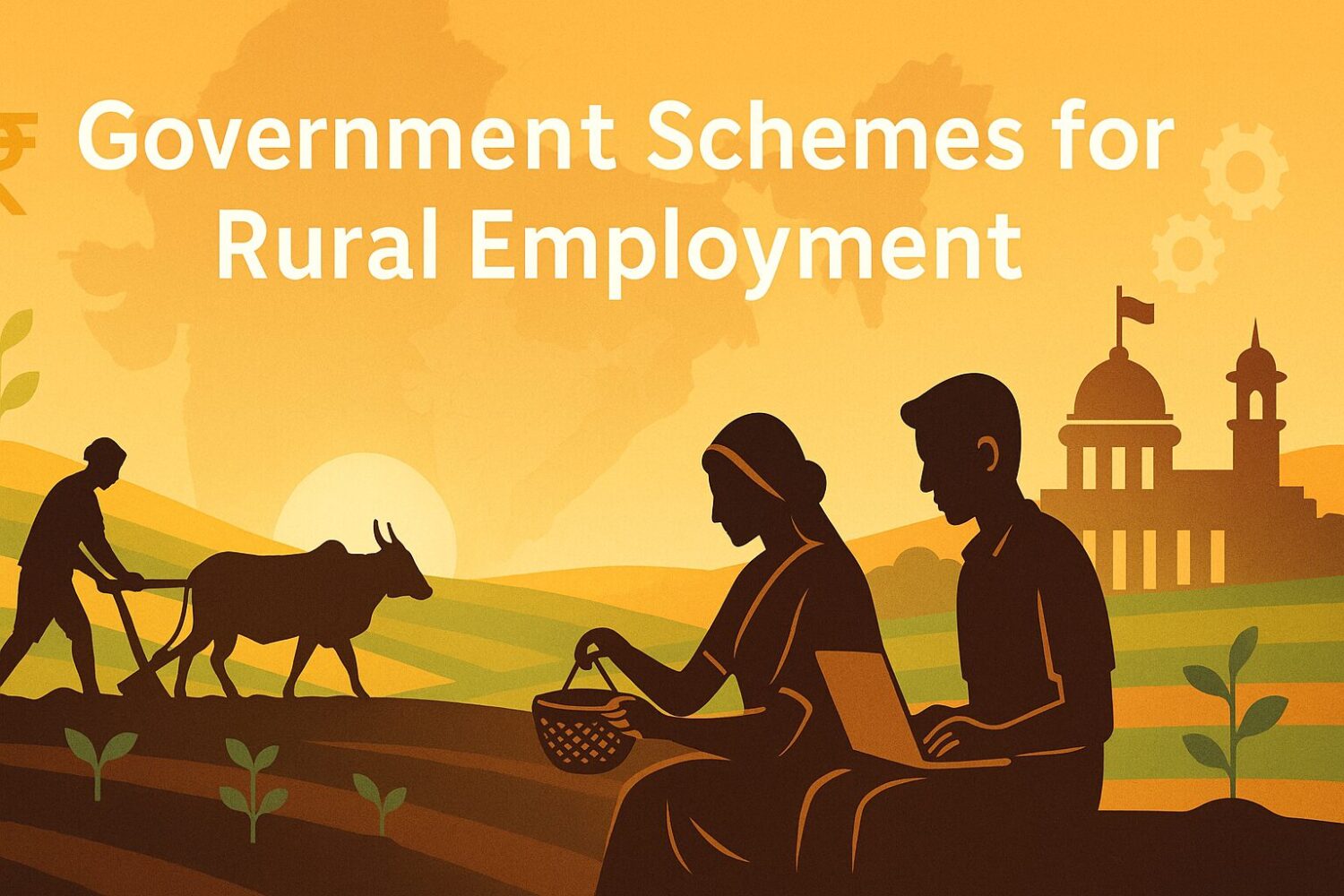
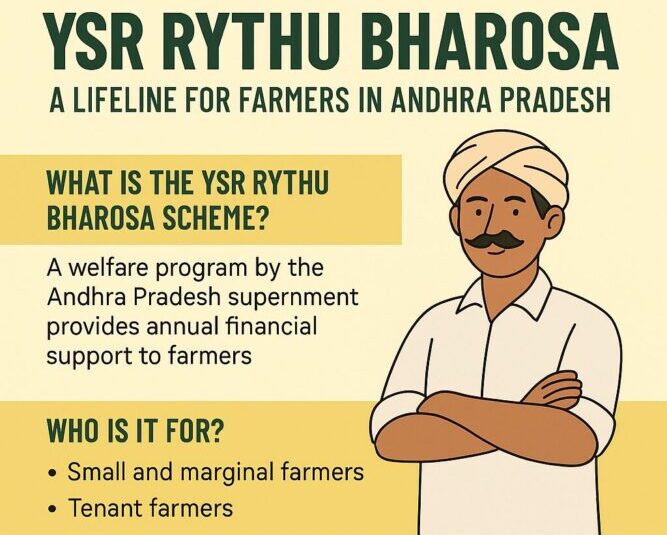
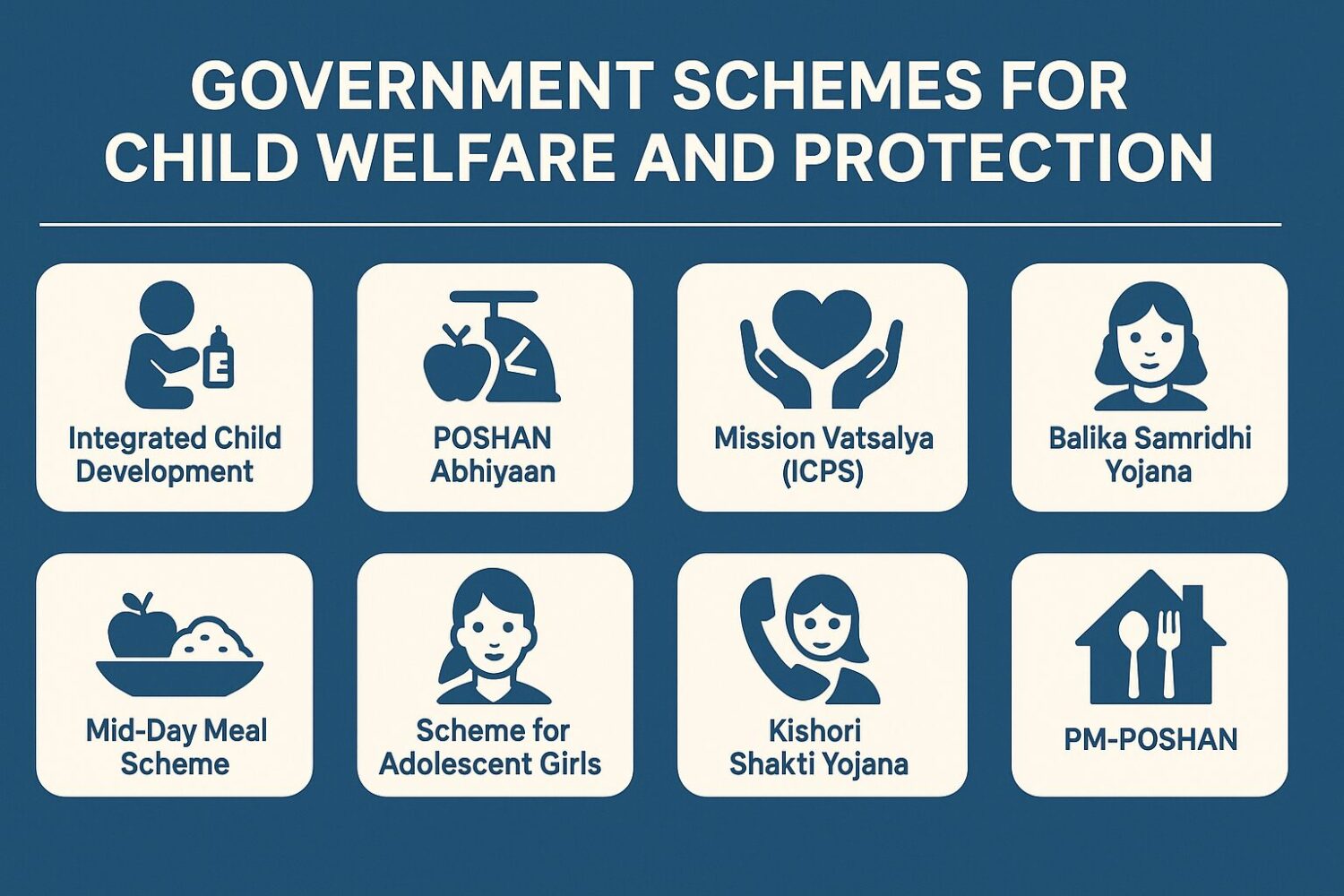
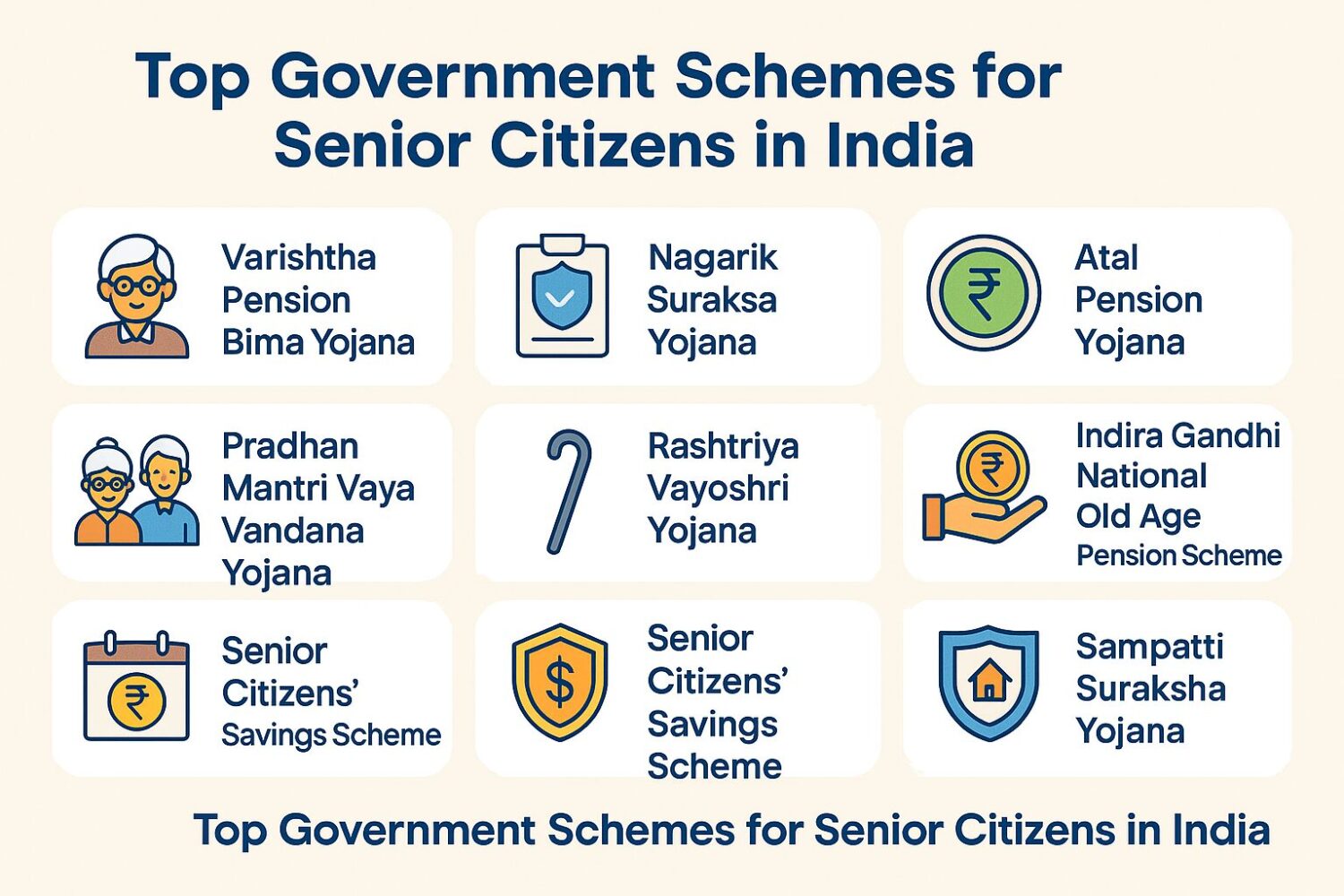
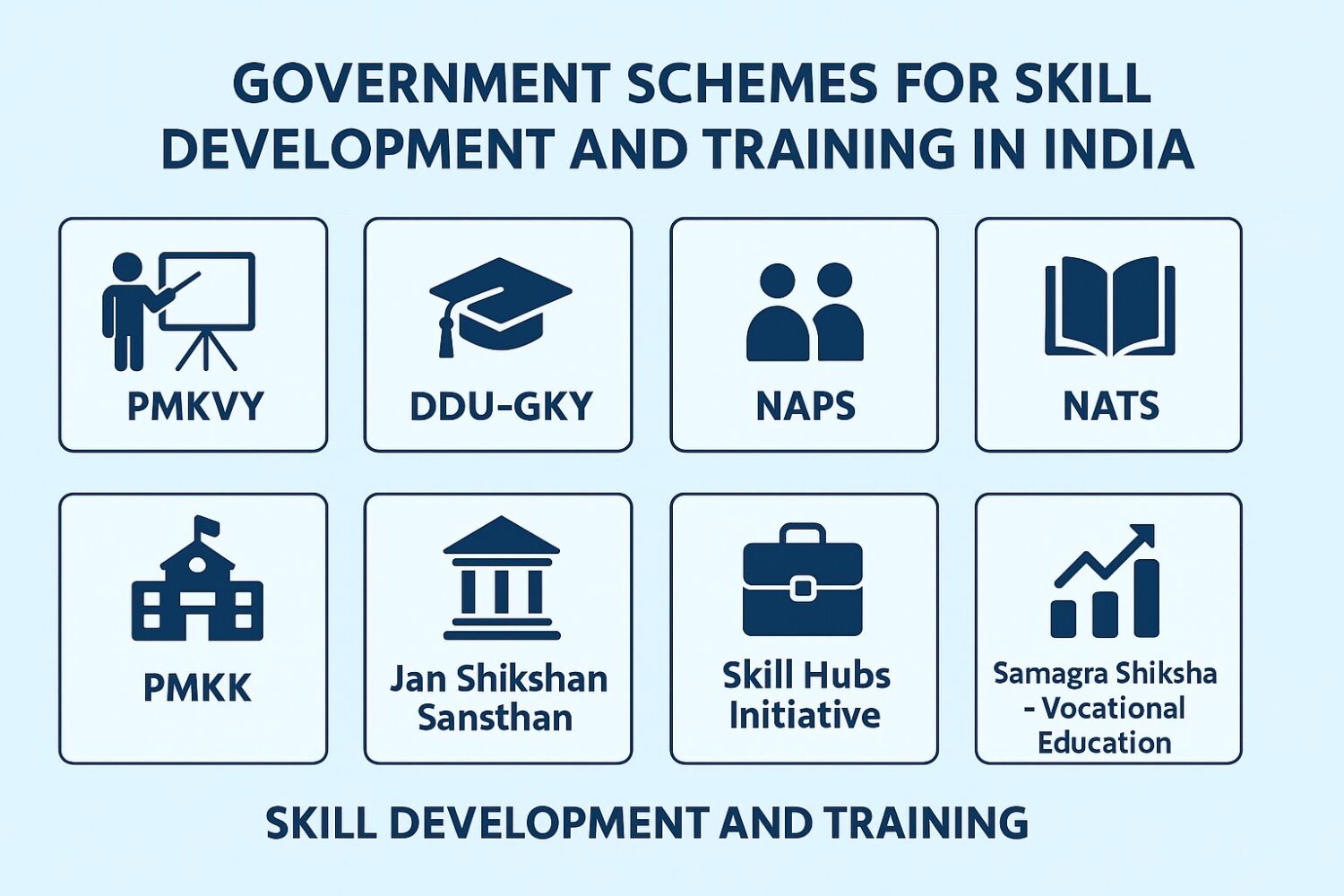
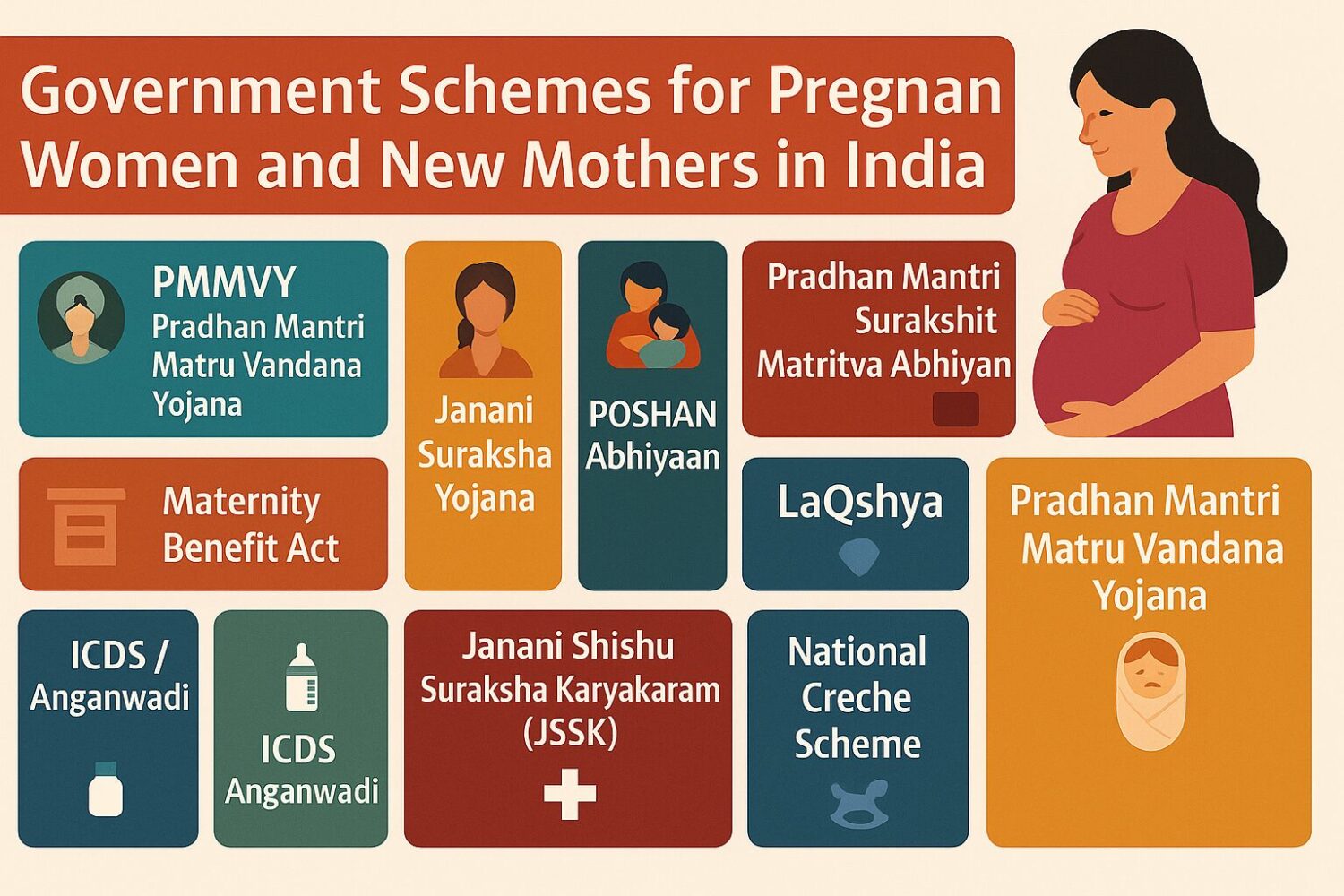
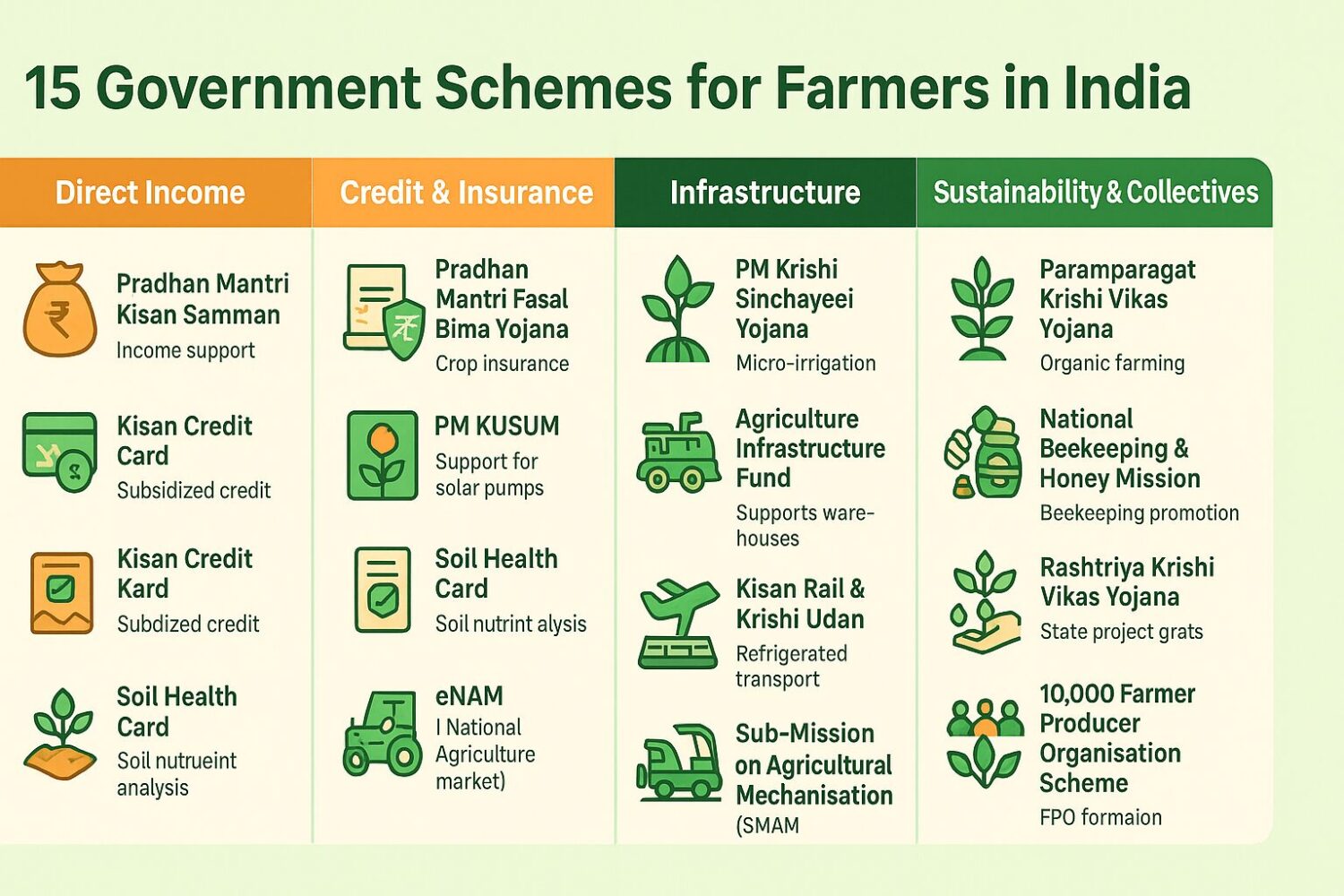


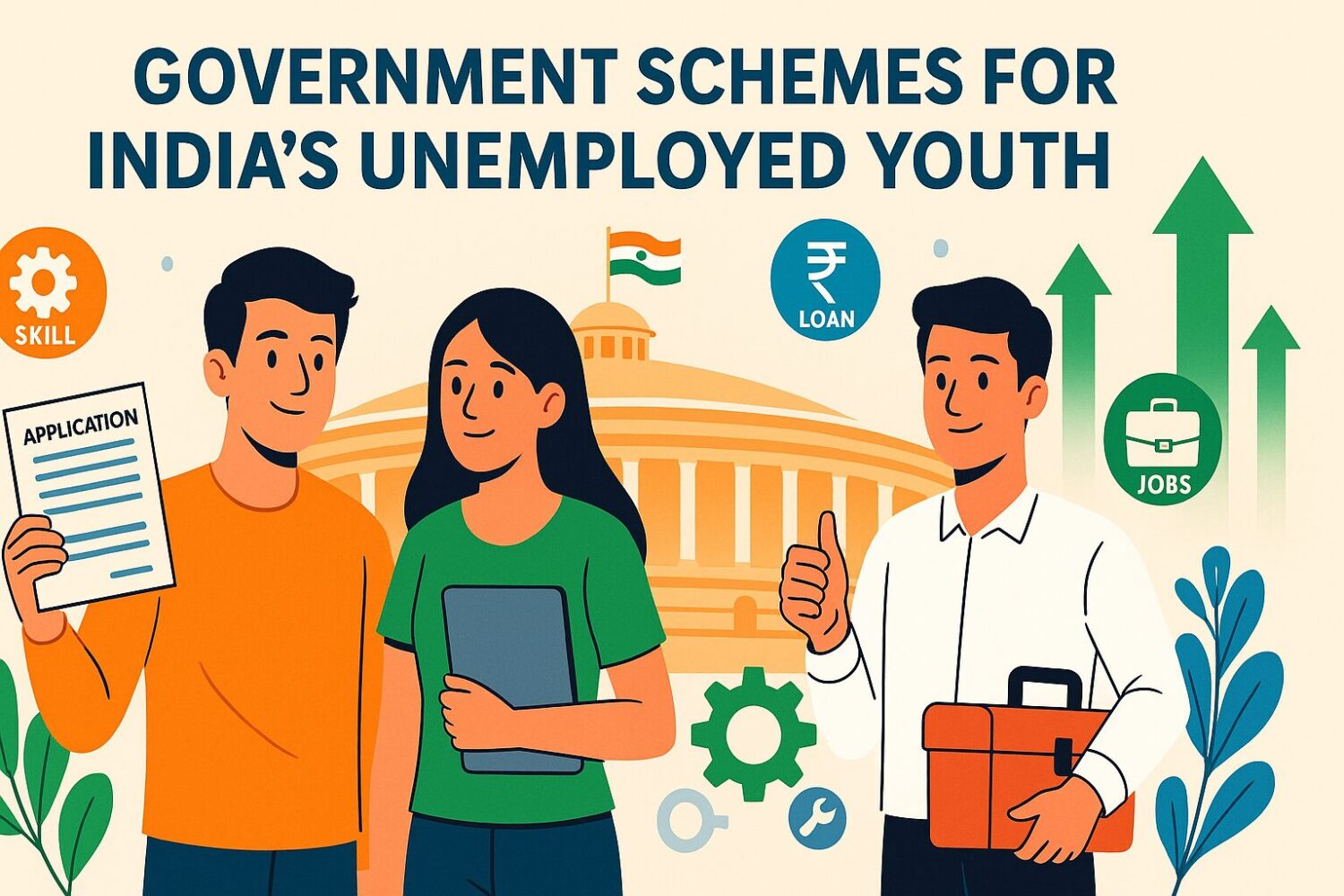
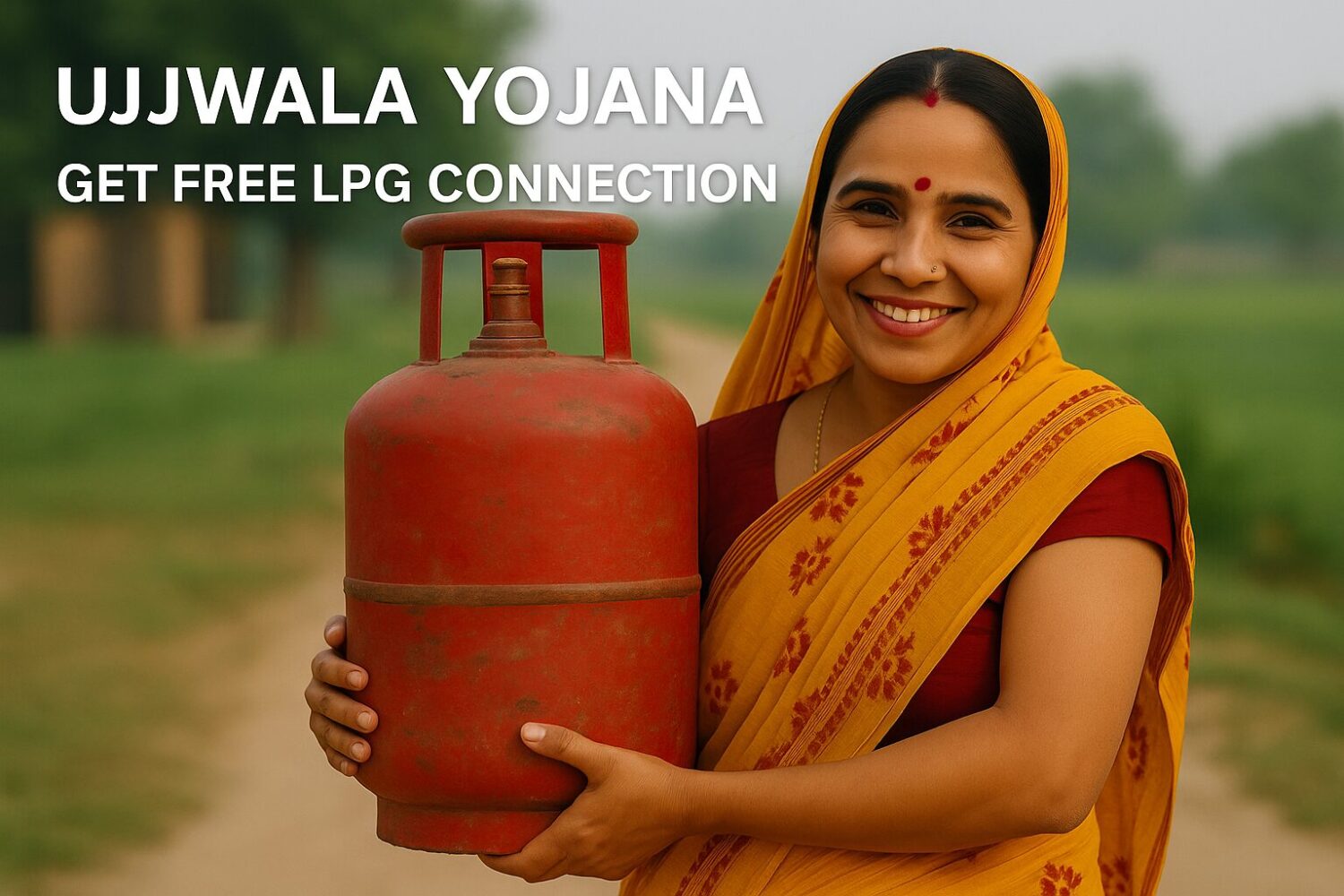
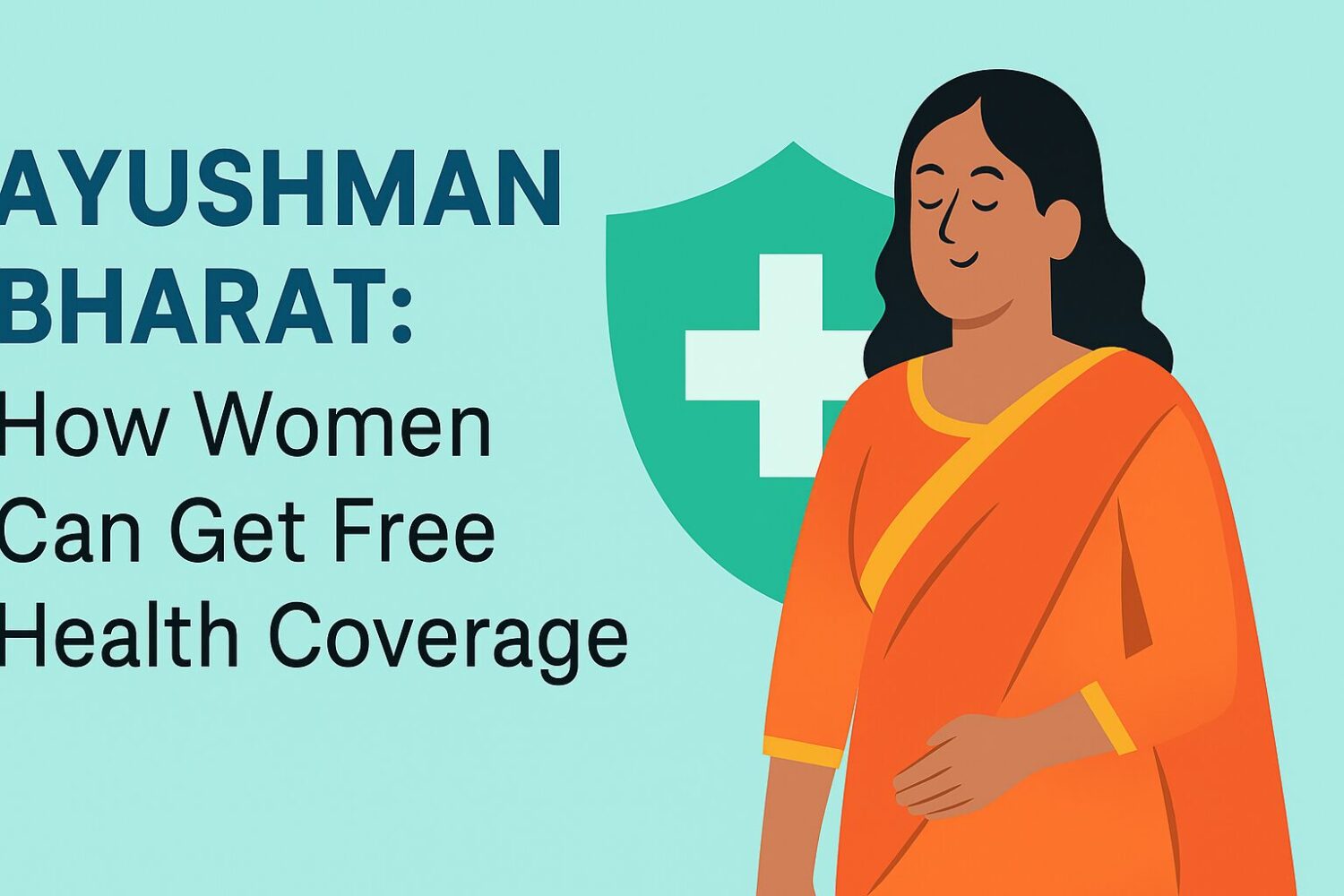
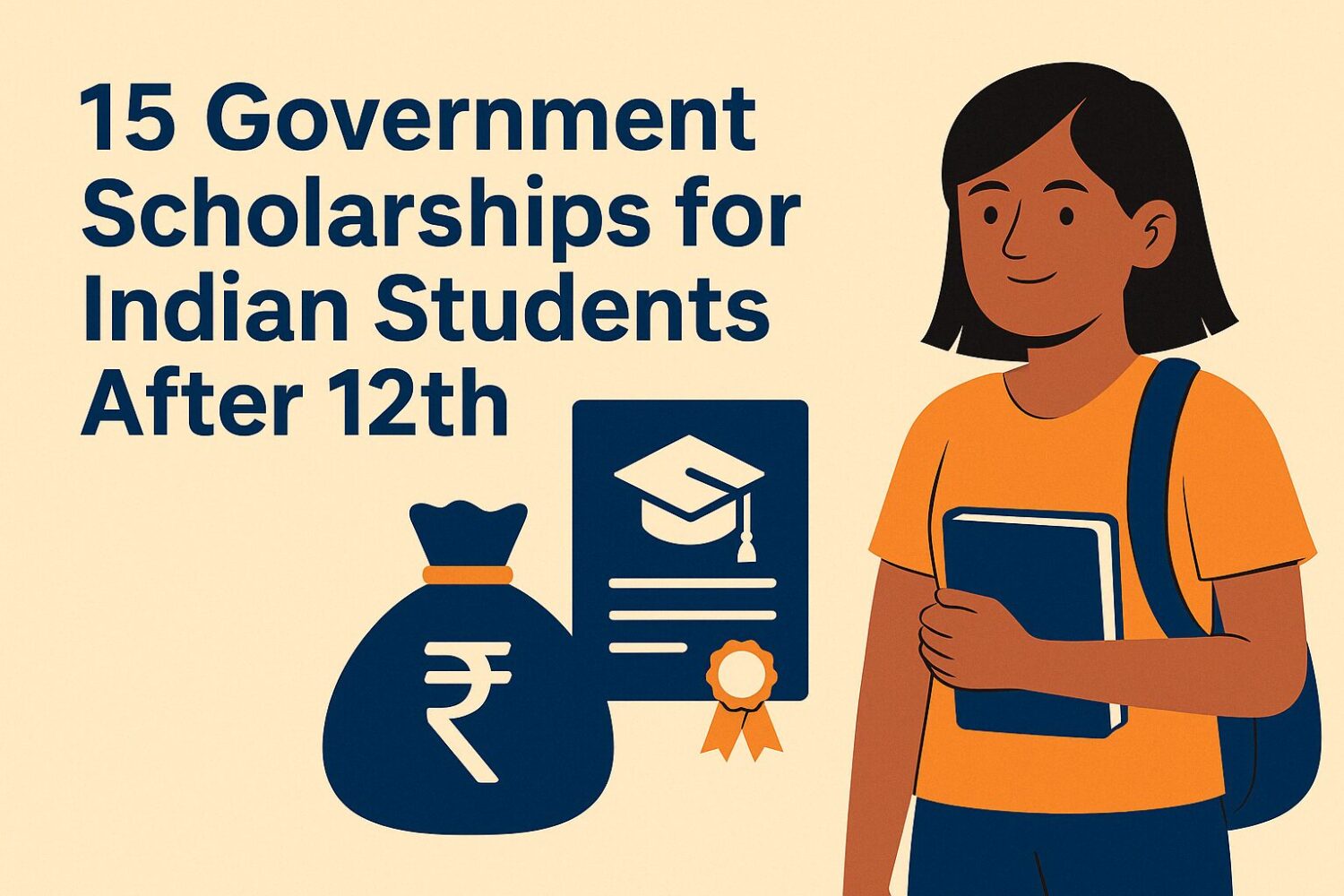
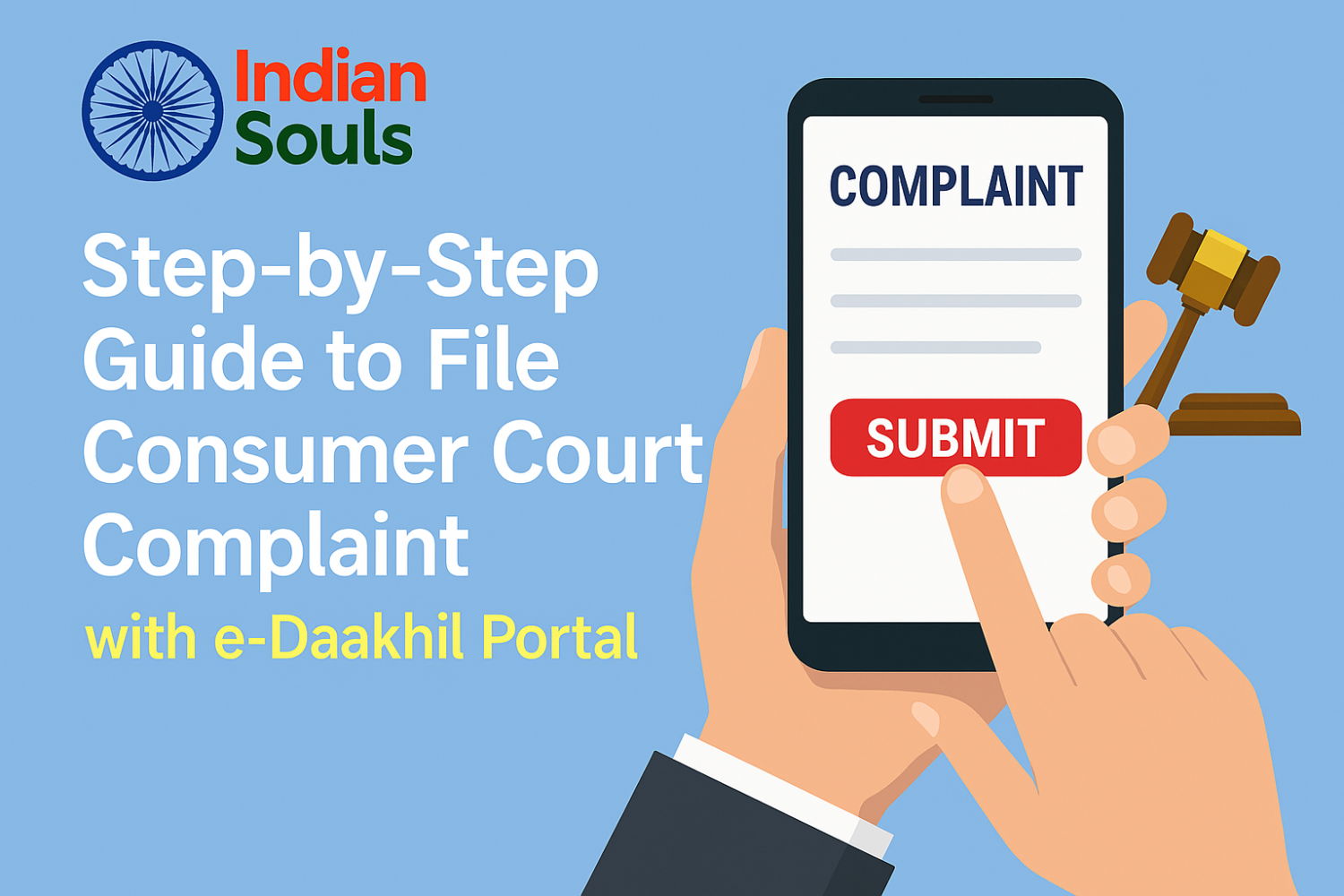

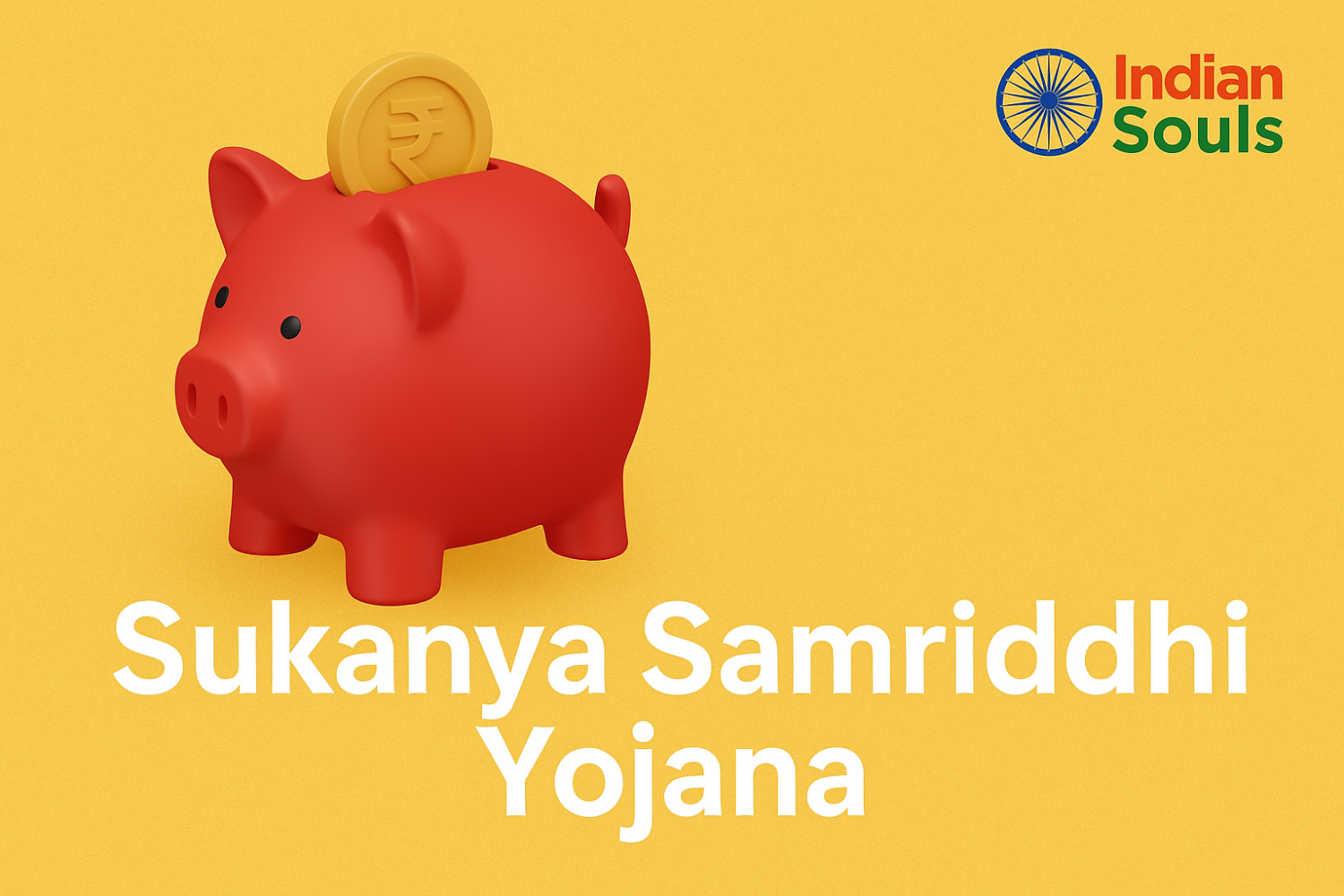
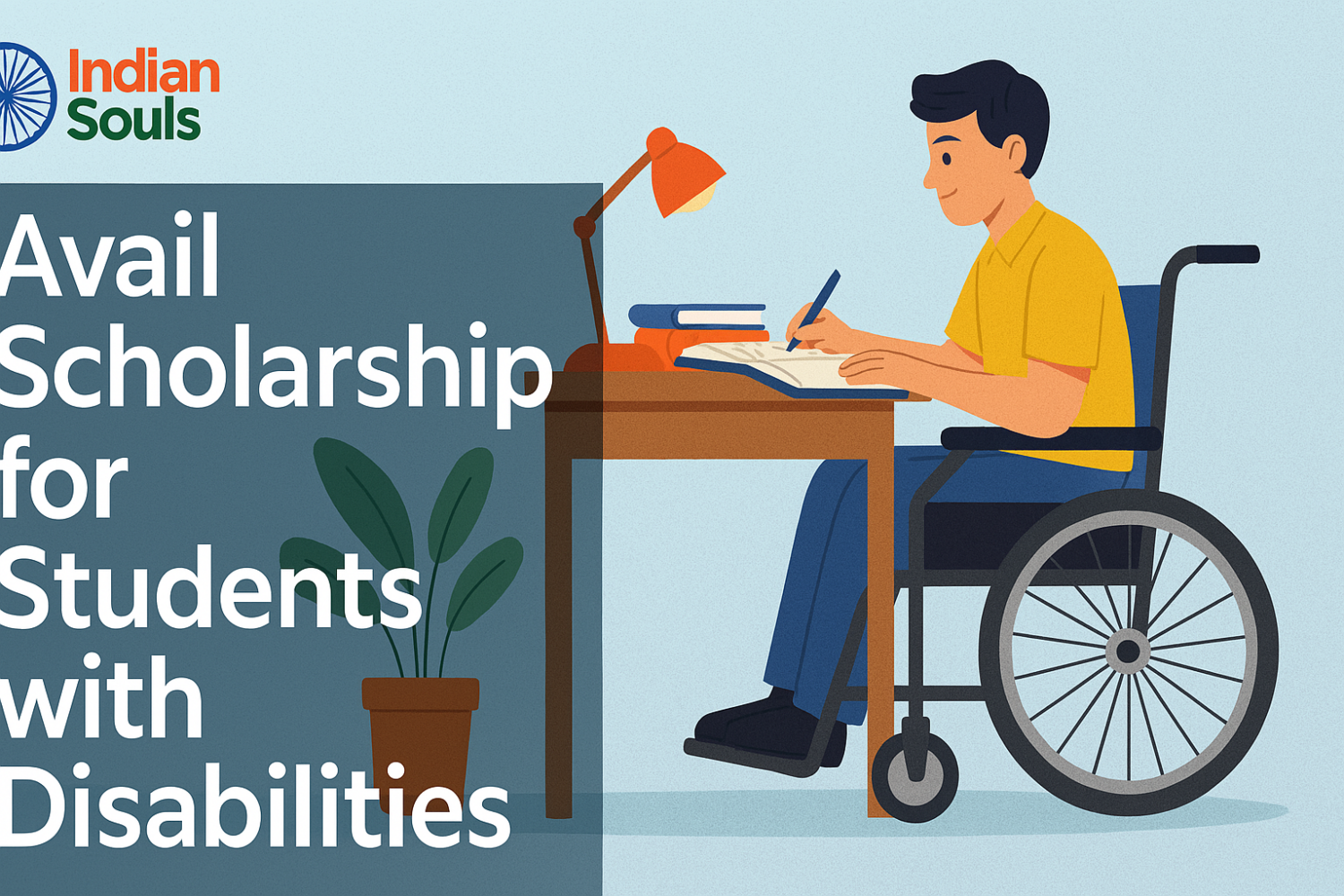
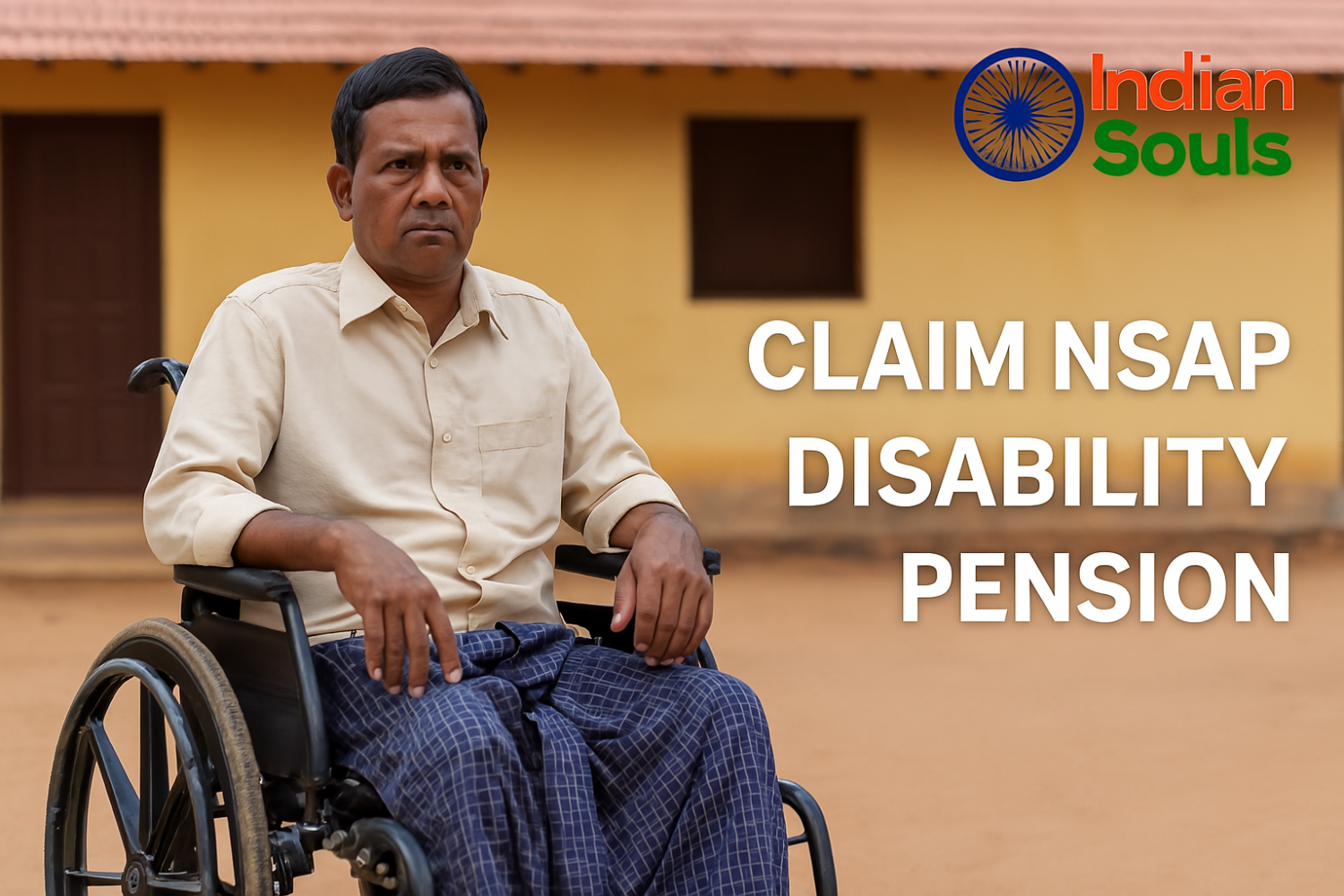

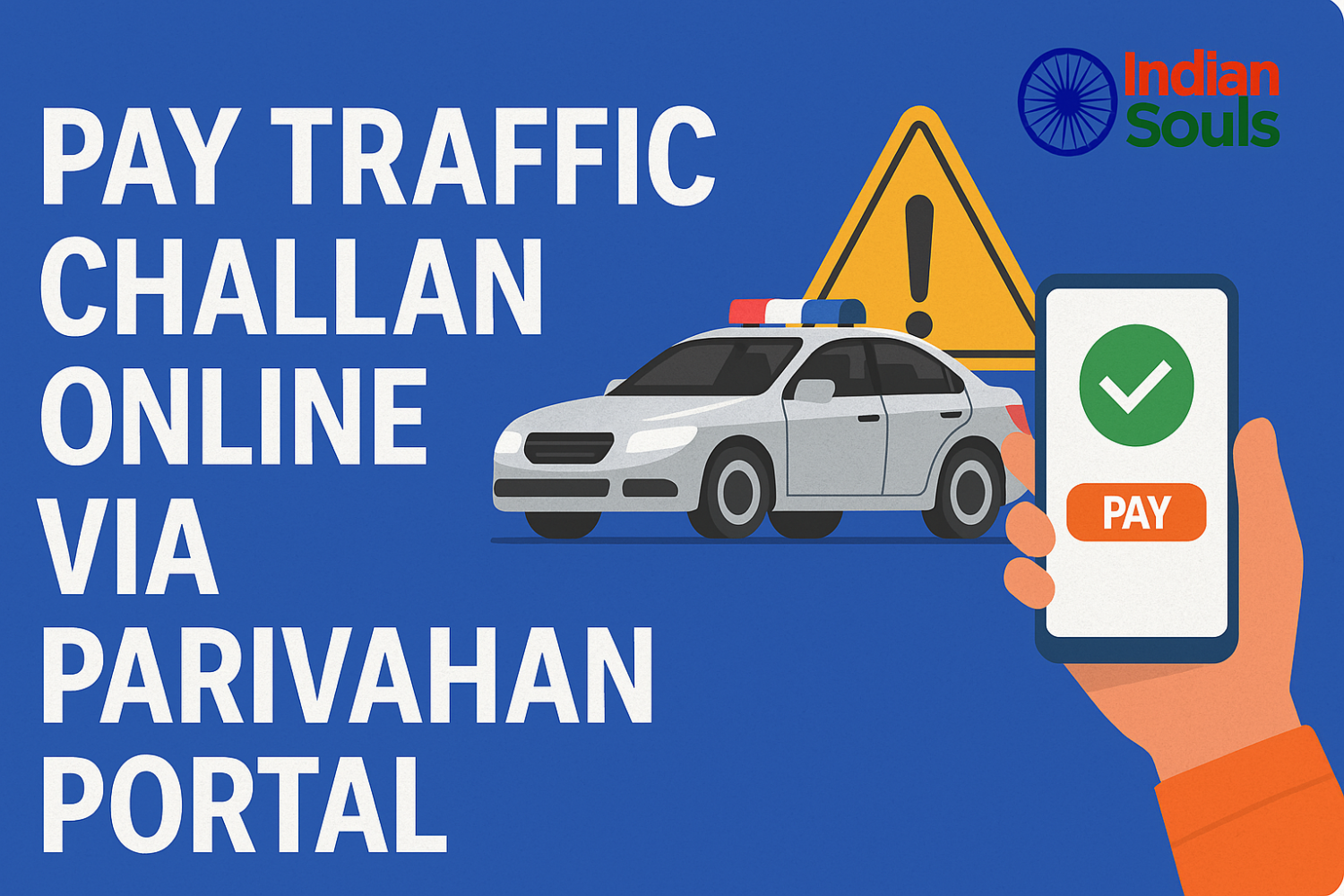
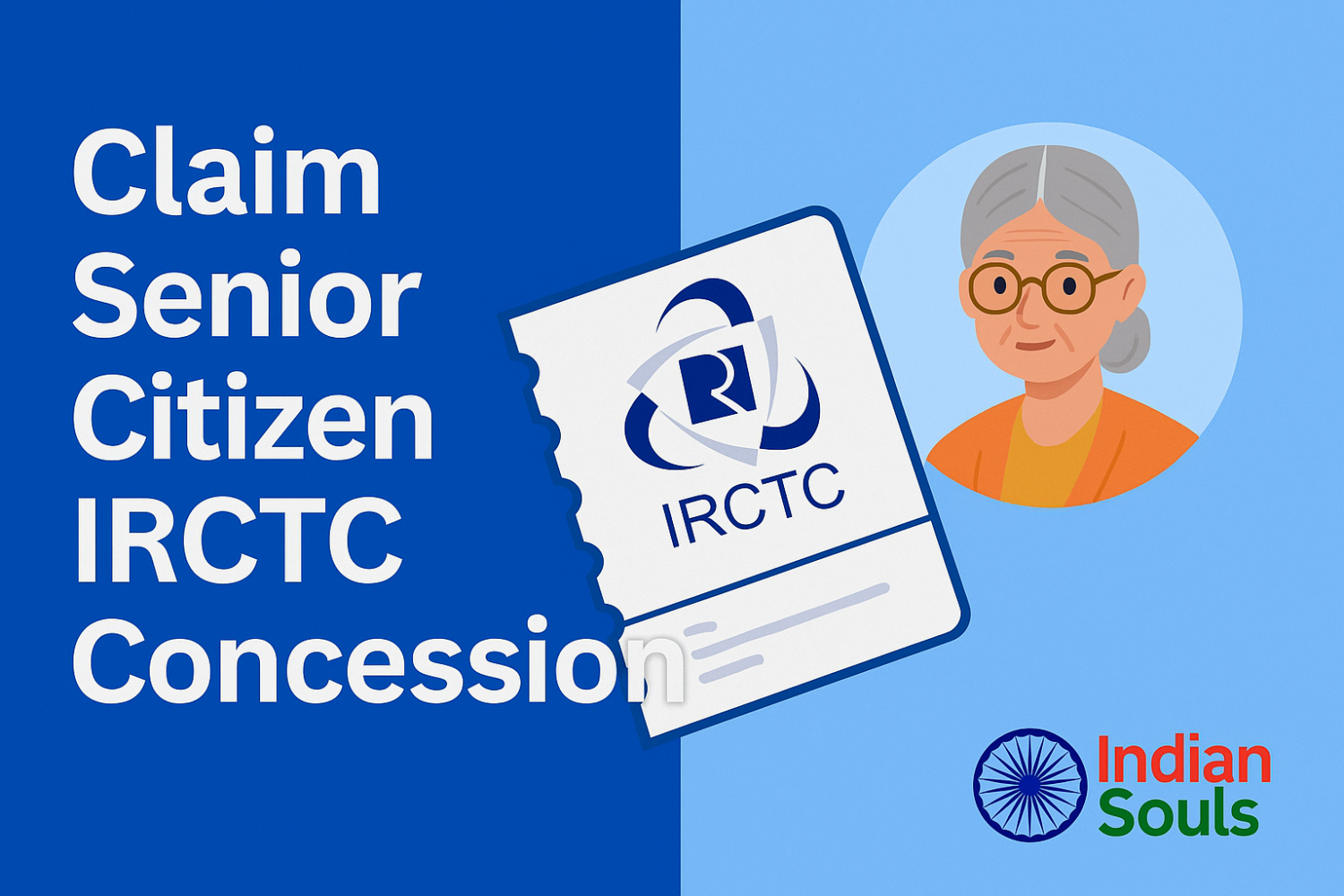
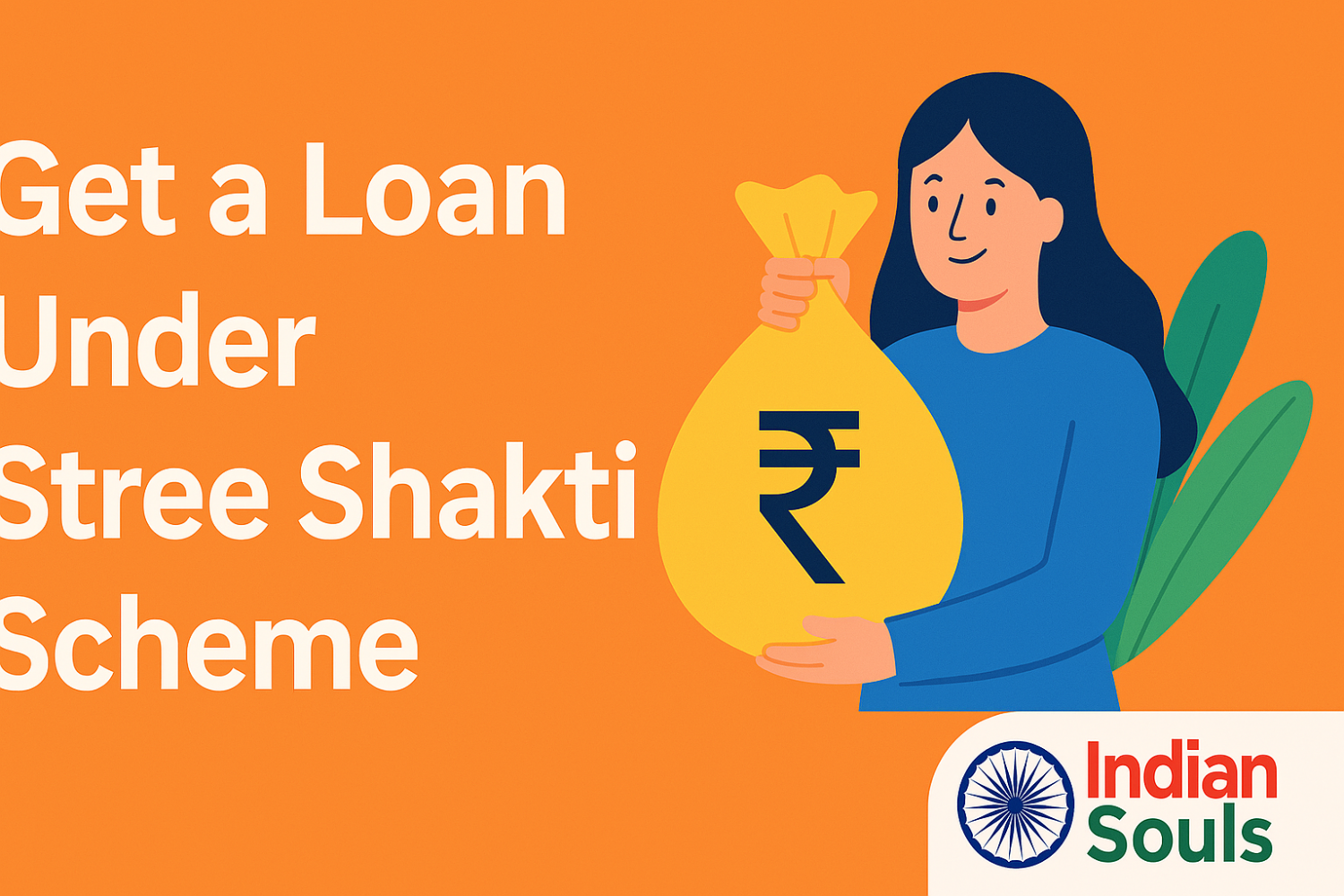
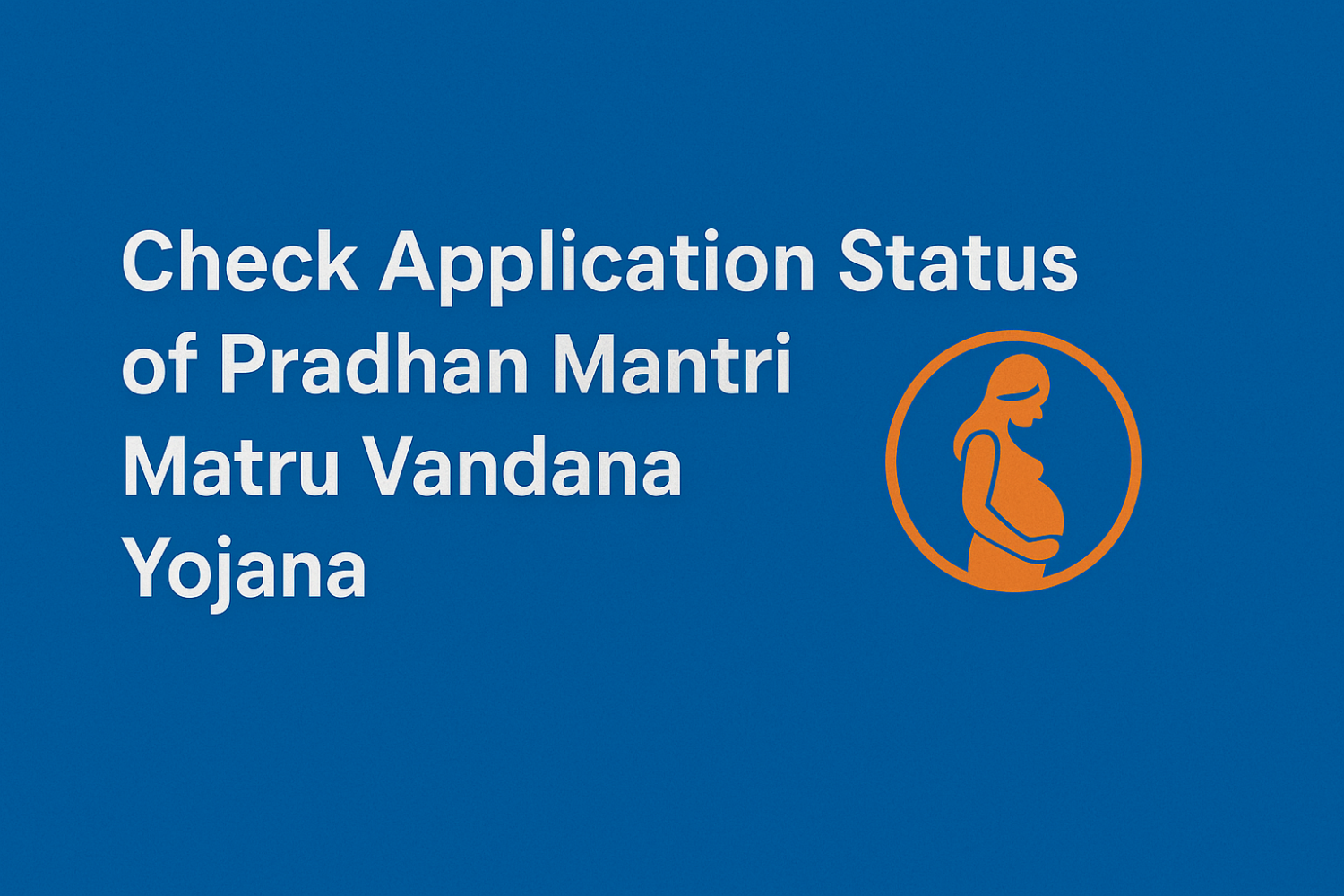





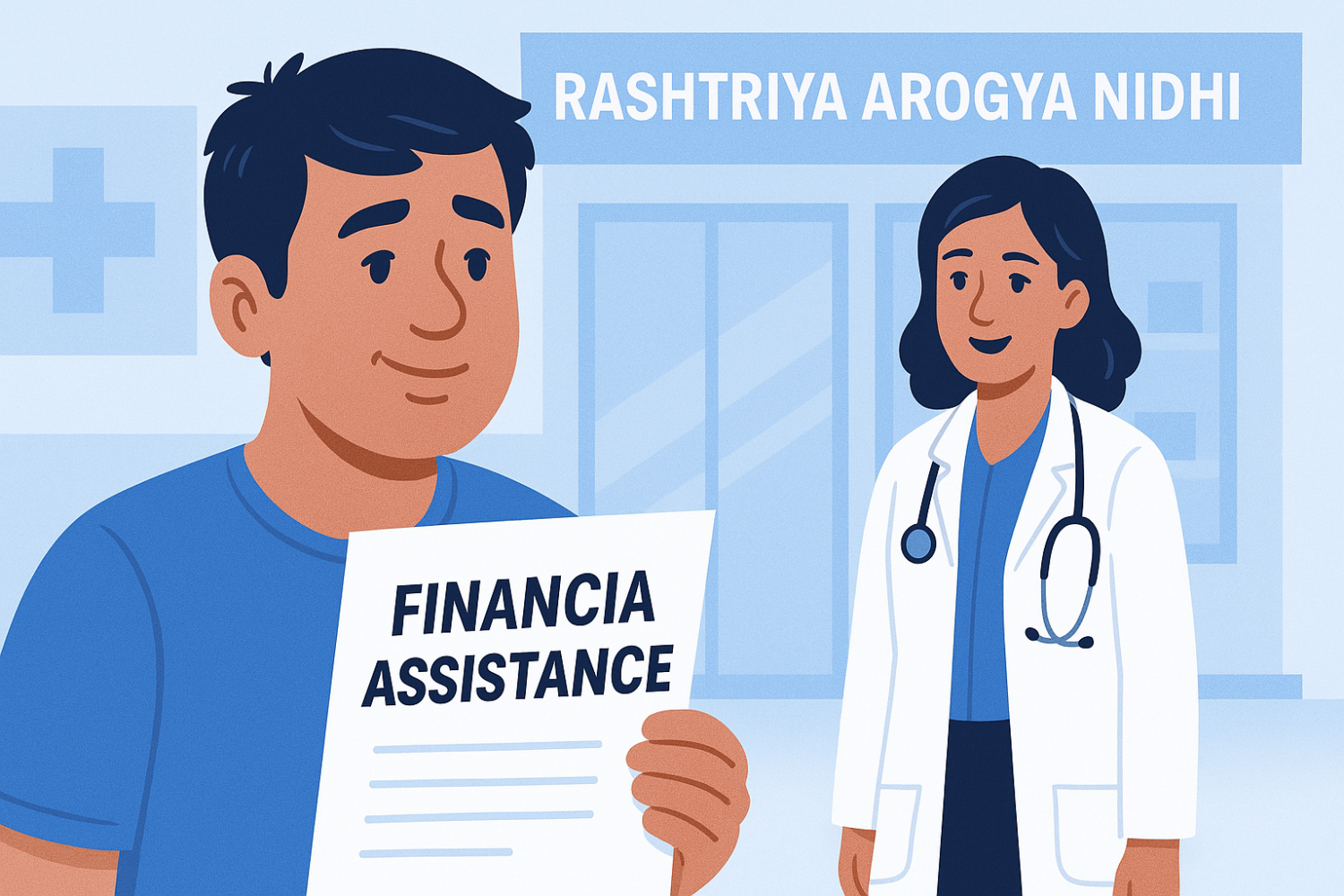


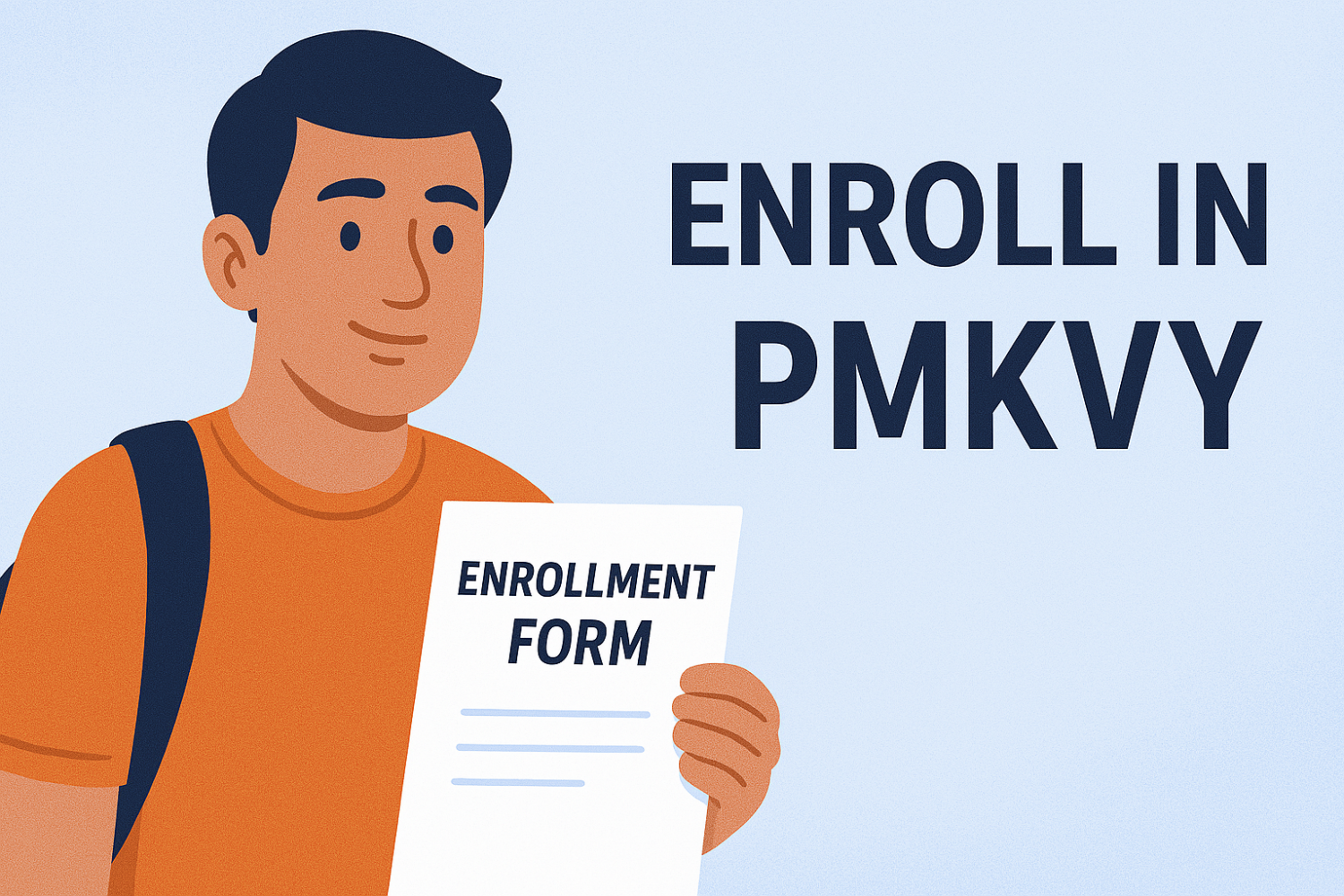
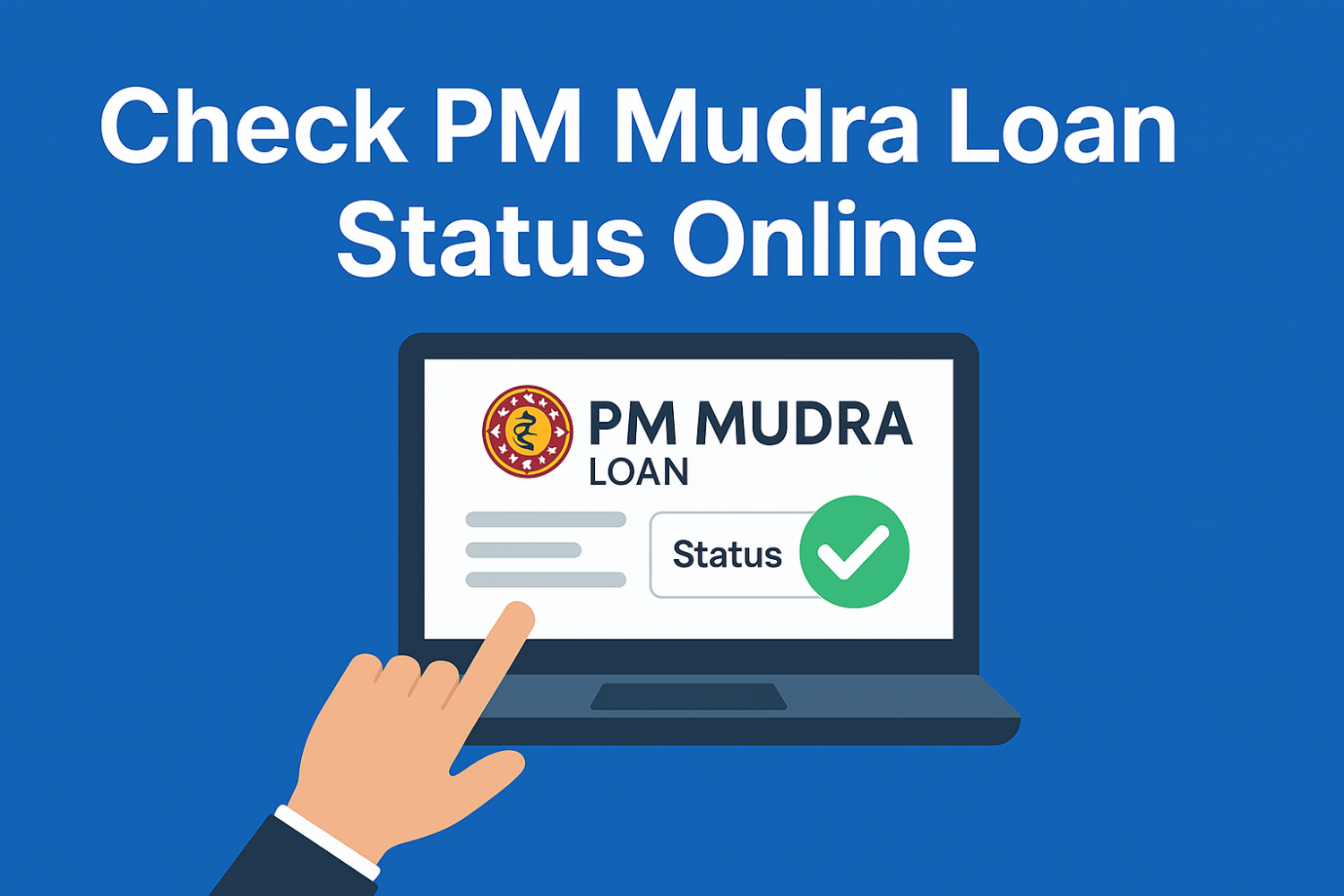

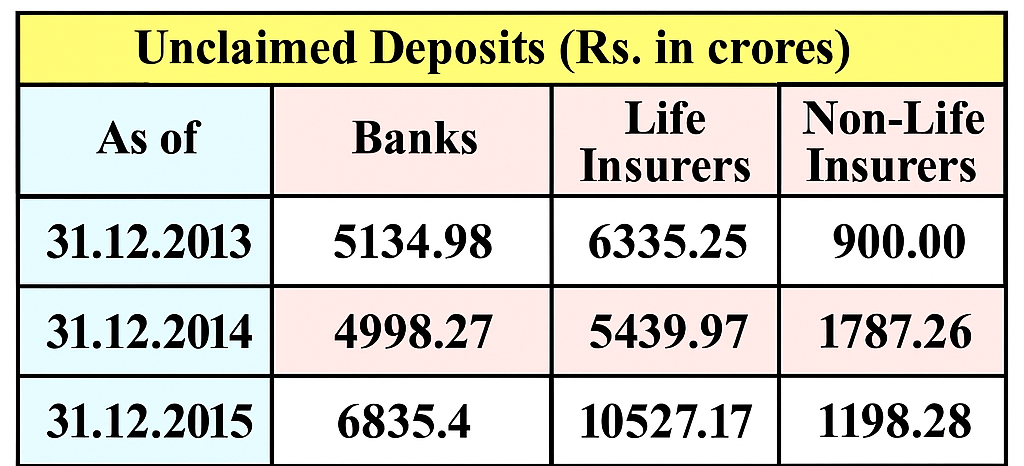



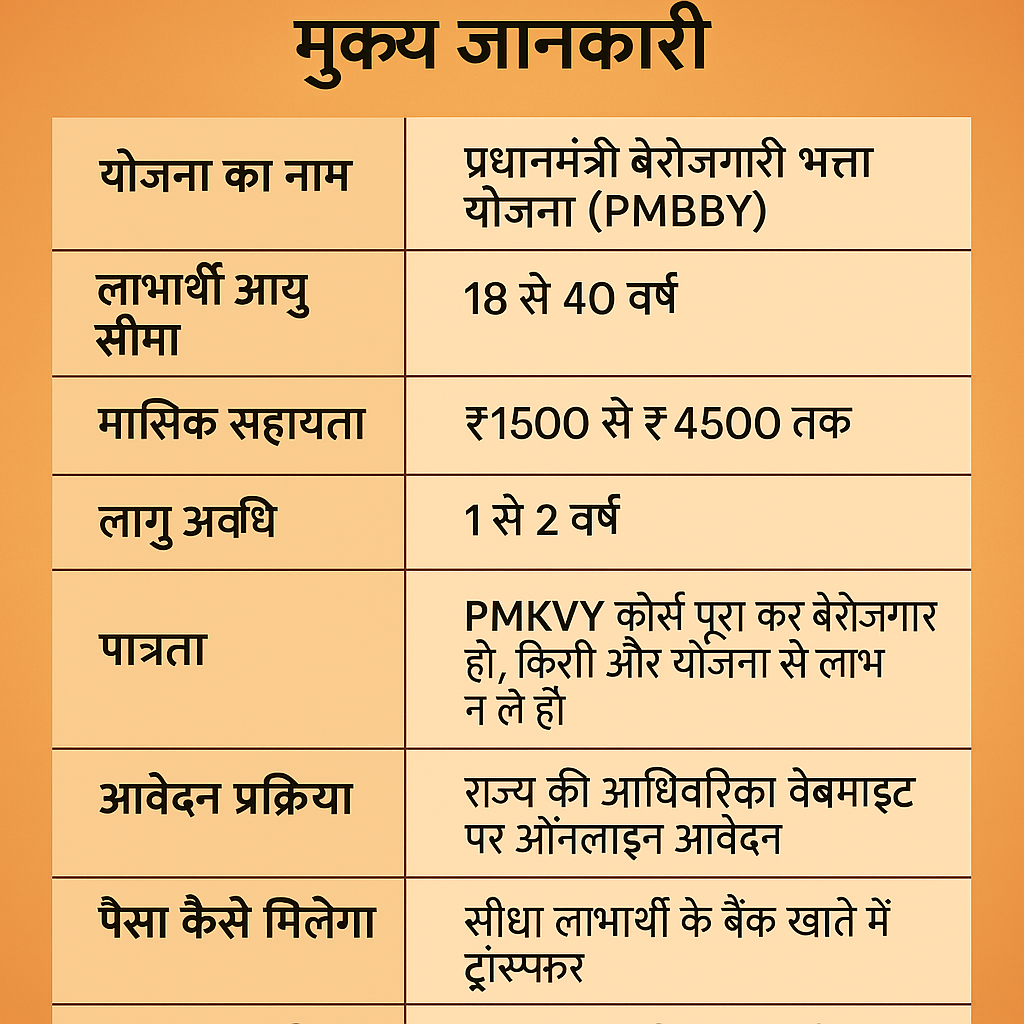
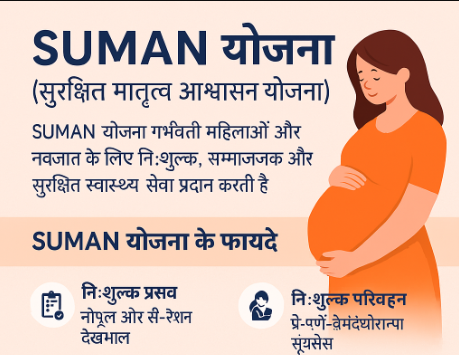
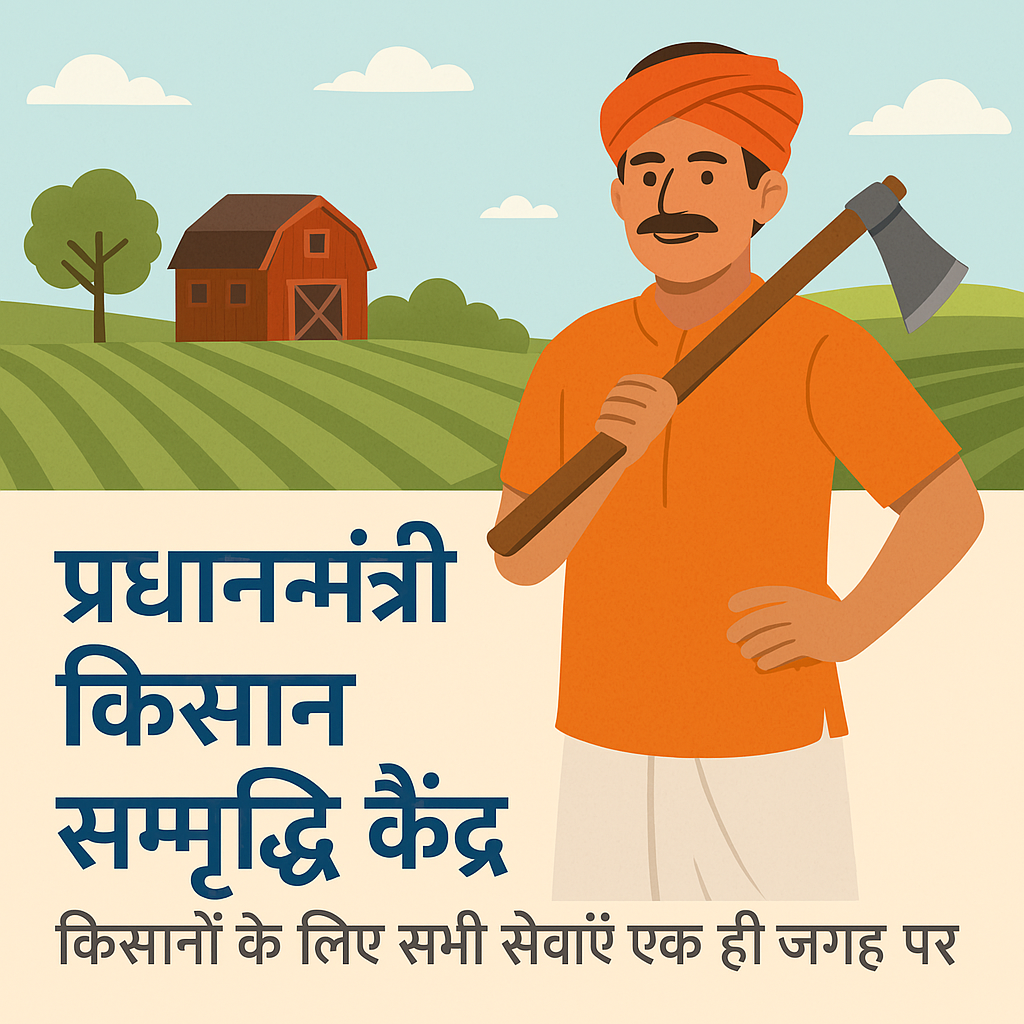



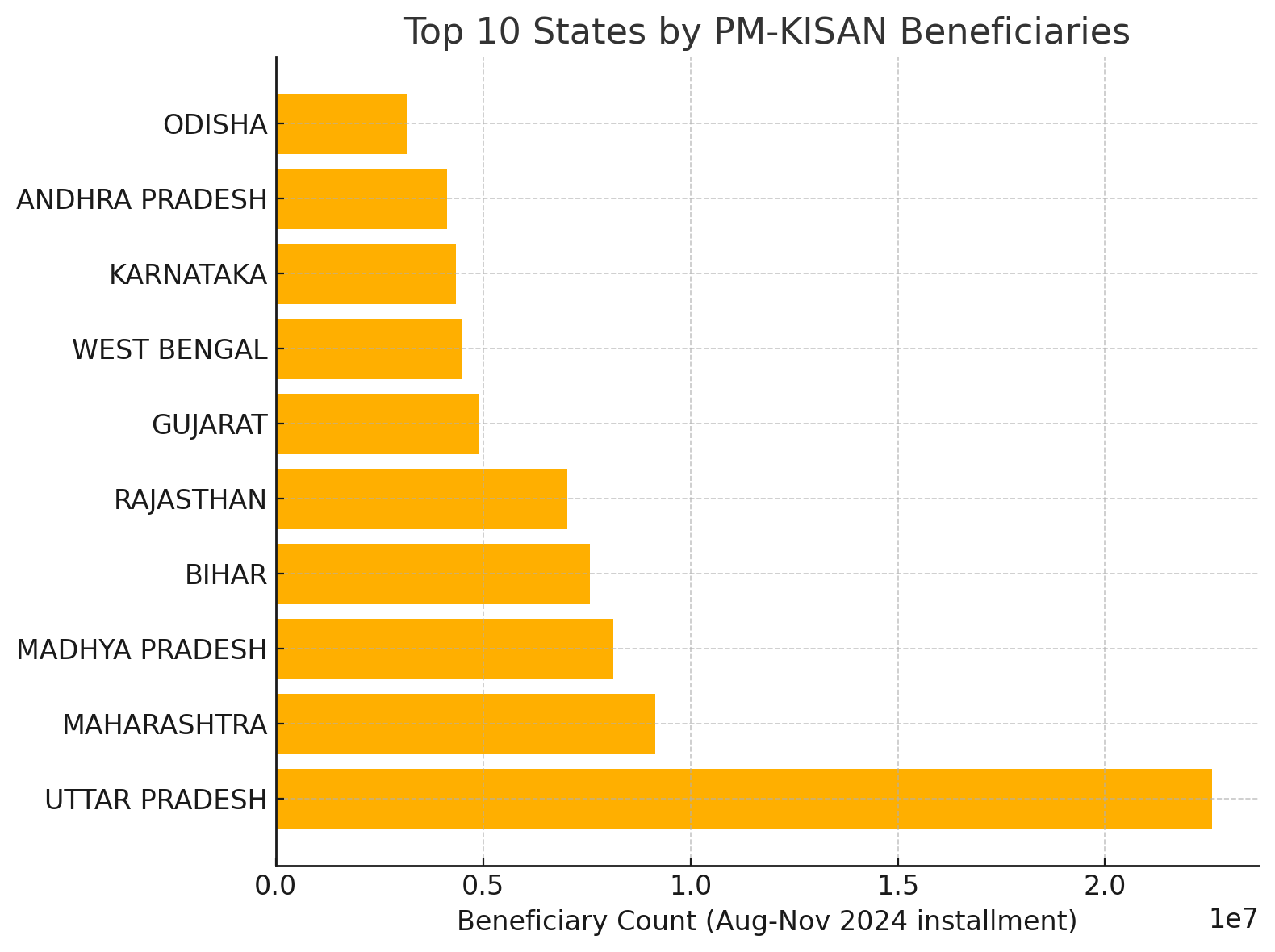
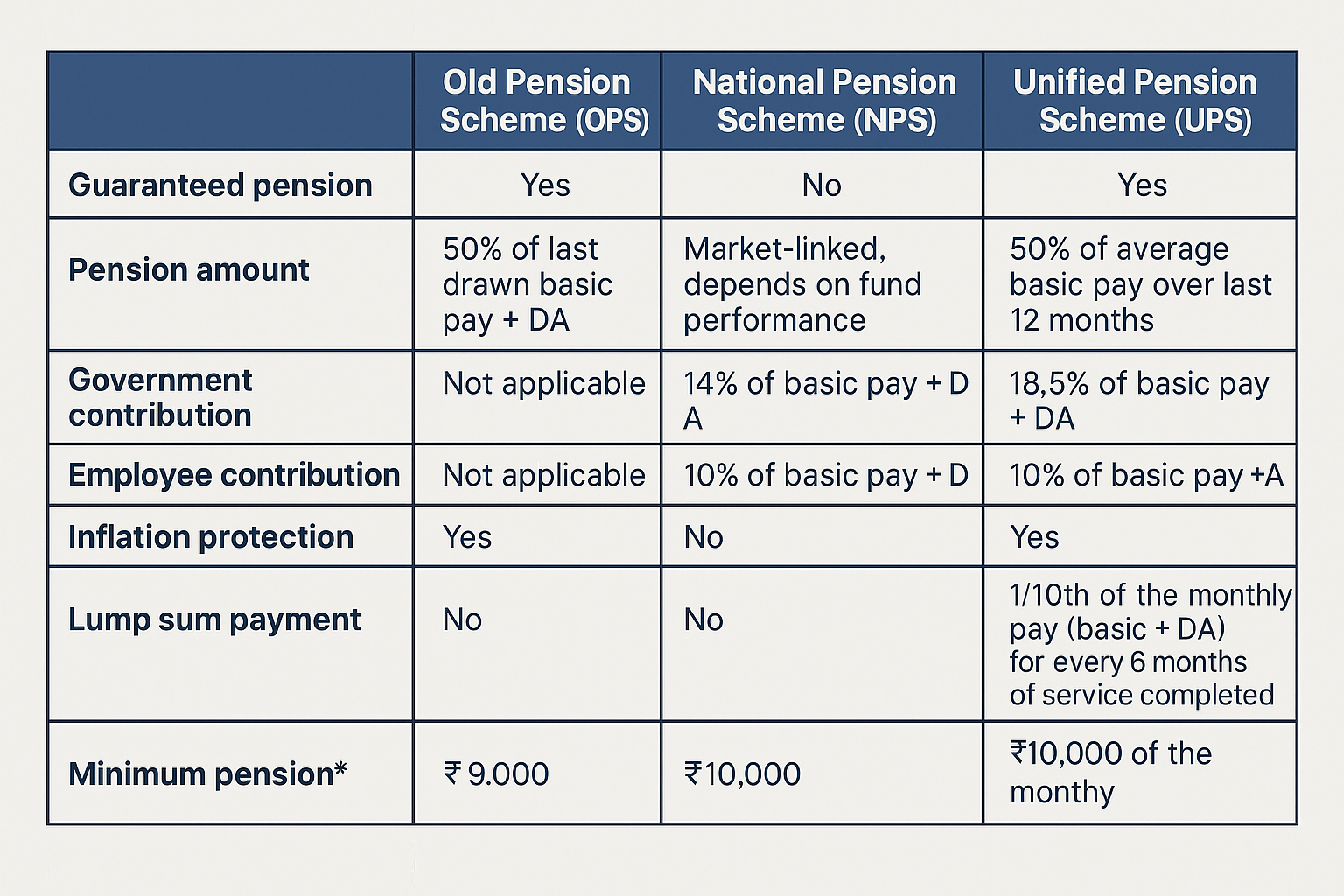

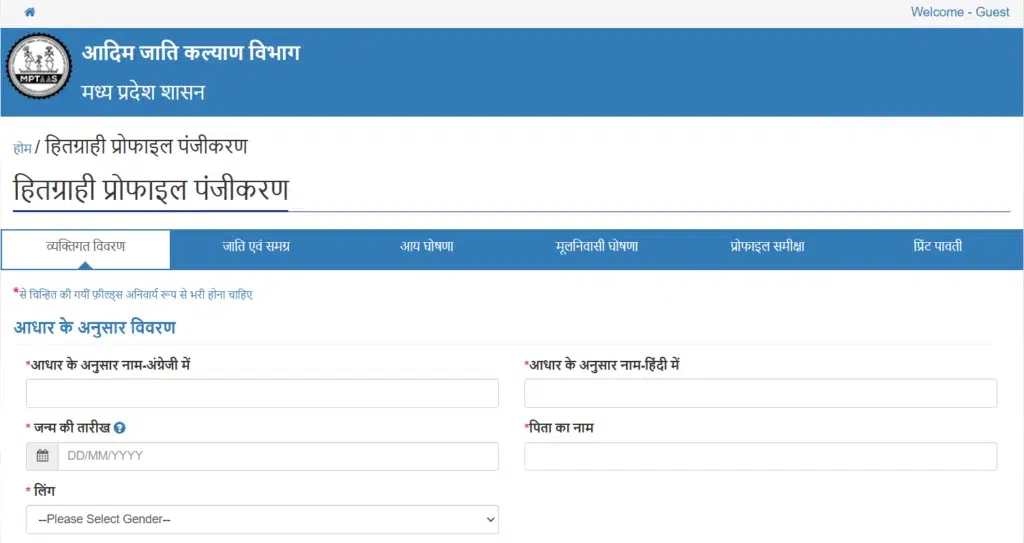






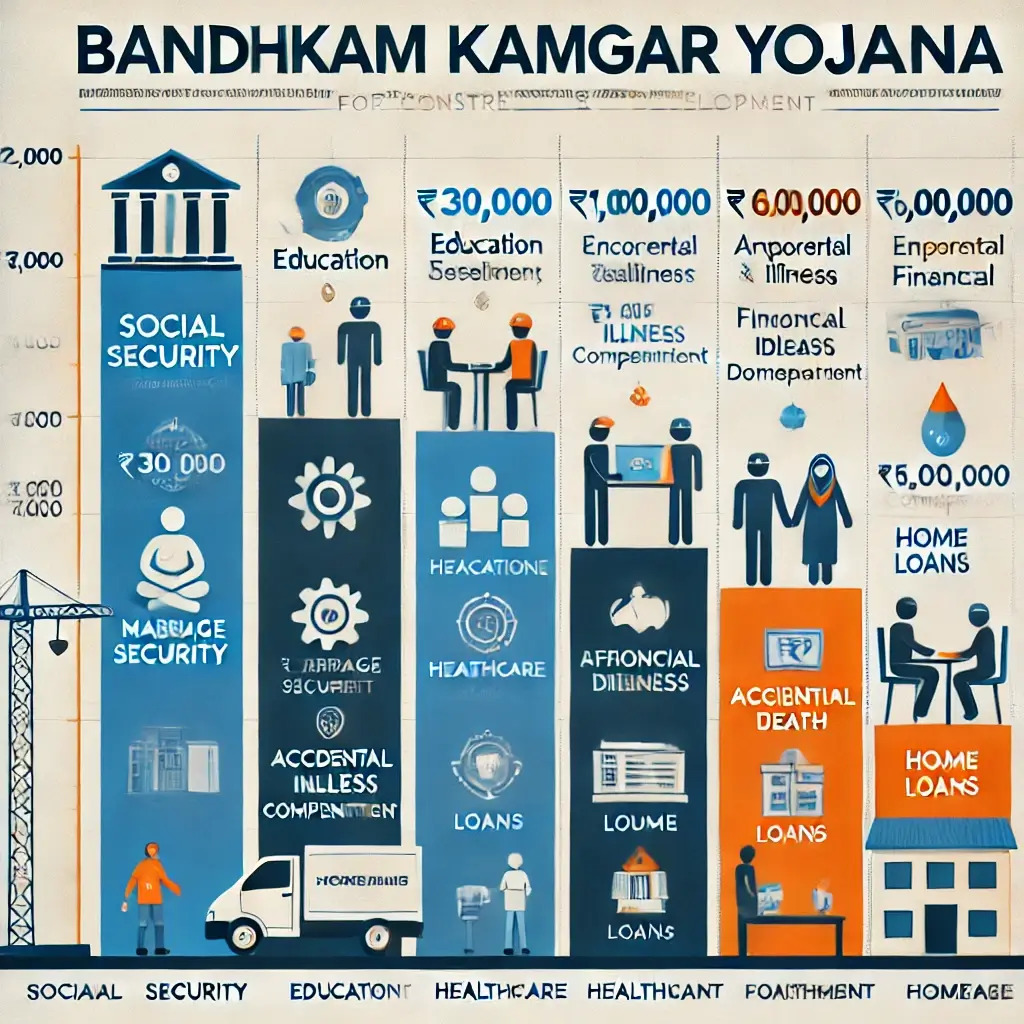


jjz24v